 Abraham Lincoln
If given the truth, the people can be depended upon to meet any national crisis...
Abraham Lincoln
If given the truth, the people can be depended upon to meet any national crisis...
 Guildford news...
for Guildford people, brought to you by Guildford reporters - Guildford's own news service
Guildford news...
for Guildford people, brought to you by Guildford reporters - Guildford's own news service
Birdwatcher’s Diary No.115
Published on: 31 Jul, 2016
Updated on: 30 Jul, 2016
By Malcolm Fincham
A sudden blast of hot air from the Continent by the middle of July brought with it temperatures touching 30 degrees centigrade. Perhaps a ‘tad’ too warm for my liking, although I wasn’t going to grumble.
The dry spell of weather that came with it gave me a long awaited taste of summer. And a chance for me to ‘wield’ my camera and take some up-to-date photos, especially of various butterfly species that had been tempted out by the hot sun.
On Thursley Common, silver-studded blues had now passed their peak. They were starting to look rather tatty as they came to the end of their life-cycle.
The silver-studded blue has suffered severe reduction in the UK, mainly due to habitat loss. Its favoured habitat is heathland, where it is found in the southern strongholds.
On Thursley Common it can still be found in good numbers.
With the heather now out in full bloom, I saw my first gatekeepers of the year, sunbathing on the heather blossom.
At the Parish Field, where I photographed the cuckoo earlier this year, I was surprised to see it covered in a sea of ragwort.
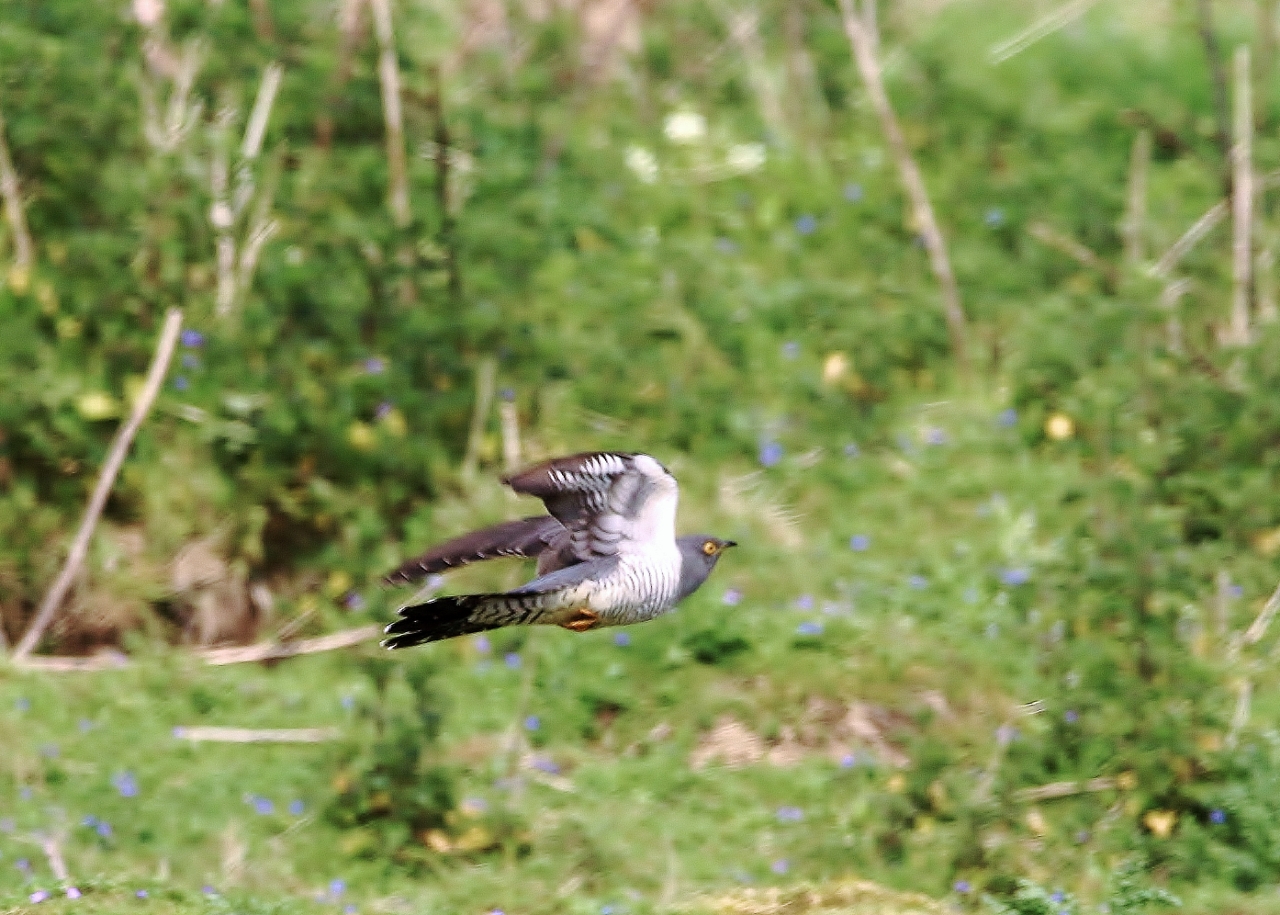
Memories of a cuckoo earlier this year at the Parish field, Thursley Common. Now hopefully making a safe journey back to Africa.
As pretty as it looked, cattle and horses are particularly susceptible to poisoning from eating it.
Cinnabar moth caterpillars are resistant to its poisons, as they will happily feed on it, making them unpalatable to most bird species (apart from the cuckoo).
The common cuckoo’s diet consists of hairy caterpillars which are distasteful to many birds, being a speciality of preference.
Feeding on the edge of the field, I spotted two skylarks, scratching around in the undergrowth.
As well as a woodlark, perched on a dead branch.
As I left the Parish Field, while still sheltered by the trees that surround it, I noticed a common buzzard, circling just above me. Managing to get several photos of him before he became aware of my presence.
Then glaring into my eyes, he made an exit, drifting up high in the sky and out of sight.
Back out across the heath, several type of dragonfly could be seen.
As ever their ‘nemesis’ – the hobby wasn’t too far away, looking for a meal.
Walking one of the many sandy tracks there, I noticed some movement close by in the heather. A small bird could be half viewed as it skulked in undergrowth. Unsure at first, I realised that it was a young redstart, as I recognised its ‘quivering’ orange-red tail.
I soon noticed an adult female, perched not far away with a mouthful of food. Putting two and two together, I got the hint it was time to move on and leave her to her duties of feeding her fledgling in peace.
Not far from the scene, I was also able to catch a photo of a male redstart, to complete the trilogy of family pictures.
A short way along the track, a tree pipit could be seen and heard singing.
While stonechats could be seen around in good number as I walked the breadth of the common.
A few evenings later on July 19, on a personal invite, I returned to a secluded location on some private land that backs onto Thursley Common. After a pleasant sunny day, the sun began to set. Looking to the east, as we relaxed, the three of us chatted quietly, in a cloistered corner, on comfortable chairs, while watching a full moon rise over the open field before us.
An inspiriting setting as it was, an added bonus was to see what I was hoping for – my first barn owl of the year. Although just a brief encounter on this occasion, I hope for another invite later in the year to such a peaceful setting.
Although spreading myself somewhat thinly around a number of locations in the Surrey countryside, I found myself quite pleased with some of the pictures I managed to take.
A couple of evening visits to Pewley Down, before the sun had the chance to set, gave me the opportunity to catch up with a few butterfly shots.
On July 19, I got my first male chalkhill blue pictures of the year there. Increasing in number as the week continued, as I also noticed a few females starting to emerge.
With mating evident by the end of the week.
I also managed to spot my first small copper of the year.
Meanwhile, marbled whites were in good numbers.
A few yellowhammers could be heard singing and I was personally ‘chuffed’ at managing to snatch a picture of one as it flew past.
A rowdy rabble of jackdaws and rooks took to the air at the sound of a shotgun from the fields below.
While a green woodpecker stayed unperturbed by it all, as it remained hidden in a tree.
On July 22 I visited Sheepleas and was immediately impressed with the sight of the wild flower meadows there at this time of the year.
Although butterflies there weren’t in as great a number that day as the blooms there suggested, several common ones could be seen.
These included the delightful peacock butterfly.
With gatekeepers and red admirals too.
And even a few sightings of my first common blues of the year, now starting to come out on the wing.
Having neglected my local ‘patch’ for a few weeks, I also made a point of a visit there, walking my usual set route along the towpath between Stoke and Bowers Locks.
On the flooded field near Stoke Lock, gulls had gathered. Mostly ‘black-headed’ I muttered to myself, while in the hope of picking out a ‘Med-gull’, as I scanned with my binoculars. Apart, that was, from a few herring gulls and two grey herons.
On Stoke Lake were five Egyptian geese.
A great crested grebe tended to its one remaining chick.
While a swan kept a keen eye on its cygnets.
In the still, deep waters by Bowers Lock shoals of fish could be seen close to the surface. These included bleak, minnows and roach, to name a few.
While a few red-finned rudd showed the river to be in good enough health to sustain them all.
Along the water’s edge banded demoiselle, lit up and glistening in the sunlight, males looking very attractive, with their banded blue wings.
As the females displayed in their shiny green outfits.
A few days later while on a family visit to the old Gunpowder Mills in Chilworth, I was able to compare them with their cousins, the beautiful demoiselle.
Finally, I am determined to correct the ‘error of my ways’ of submitting the wrong pictures of those ‘pesky skippers’ in my last report.
In the knowledge of keen eyes hoping ‘muse’ at my expense, (and rightly so).
Responses to Birdwatcher’s Diary No.115
Leave a Comment Cancel reply
Please see our comments policy. All comments are moderated and may take time to appear. Full names, or at least initial and surname, must be given.
Click on cartoon for Dragon story: Public Asked for Views on SCC’s Proposal for Reduced Speed Limits


Recent Articles
- Updated: Local MPs Vote in Favour of Assisted Dying
- Guildford Plans Three-Day Celebration In a Festival of History And Culture
- Local Therapy Garden Supporting Mental Health Shortlisted for BBC Award
- Thousands of Year Six Pupils at Guildford Cathedral for a Special Send Off
- New Surrey Research to Find Solutions to Local Challenges
- Comment: What Are We To Make of the GBC Executive ‘Reshuffle’?
- Bensons for Beds Opens New Store on Guildford High Street
- ‘Politics Is Not Always a Kind Place’ Says Dismissed Lead Councillor
- Merger Between Reigate & Banstead and Crawley Councils Ruled Out
- Letter: It’s Almost Like We Have Been Abandoned By the Council


Recent Comments
- John Redpath on ‘Politics Is Not Always a Kind Place’ Says Dismissed Lead Councillor
- Jules Cranwell on ‘Politics Is Not Always a Kind Place’ Says Dismissed Lead Councillor
- Ben Paton on ‘Politics Is Not Always a Kind Place’ Says Dismissed Lead Councillor
- Angela Gunning on ‘Politics Is Not Always a Kind Place’ Says Dismissed Lead Councillor
- Nigel Keane on A281 At Shalford Has Now Reopened Following Repairs to Damaged Roof
- N Hatcher on New Electric Trains Now Arriving at Guildford – 100 Years After the First One Did
Search in Site
Media Gallery
Dragon Interview: Local Artist Leaves Her Mark At One of England’s Most Historic Buildings
January 21, 2023 / No Comment / Read MoreDragon Interview: Lib Dem Planning Chair: ‘Current Policy Doesn’t Work for Local People’
January 19, 2023 / No Comment / Read MoreA3 Tunnel in Guildford ‘Necessary’ for New Homes, Says Guildford’s MP
January 10, 2023 / No Comment / Read More‘Madness’ for London Road Scheme to Go Ahead Against ‘Huge Opposition’, Says SCC Leader
January 6, 2023 / No Comment / Read MoreCouncillor’s Son Starts Campaign for More Consultation on North Street Plan
December 30, 2022 / No Comment / Read MoreCounty Council Climbs Down Over London Road Works – Further ‘Engagement’ Period Announced
December 14, 2022 / No Comment / Read MoreDragon Interview: GBC Reaction to the Government’s Expected Decision to Relax Housing Targets
December 7, 2022 / No Comment / Read MoreHow Can Our Town Centre Businesses Recover? Watch the Shop Front Debate
May 18, 2020 / No Comment / Read More



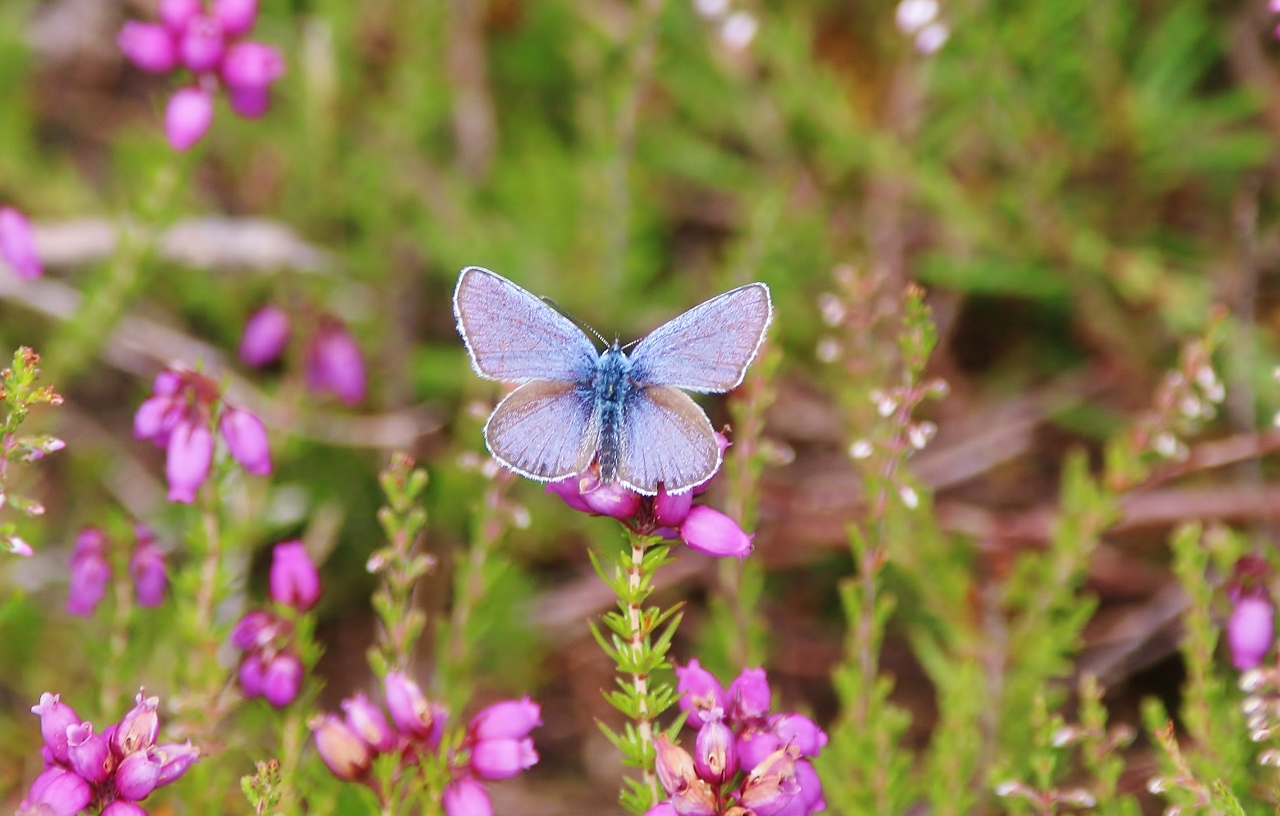


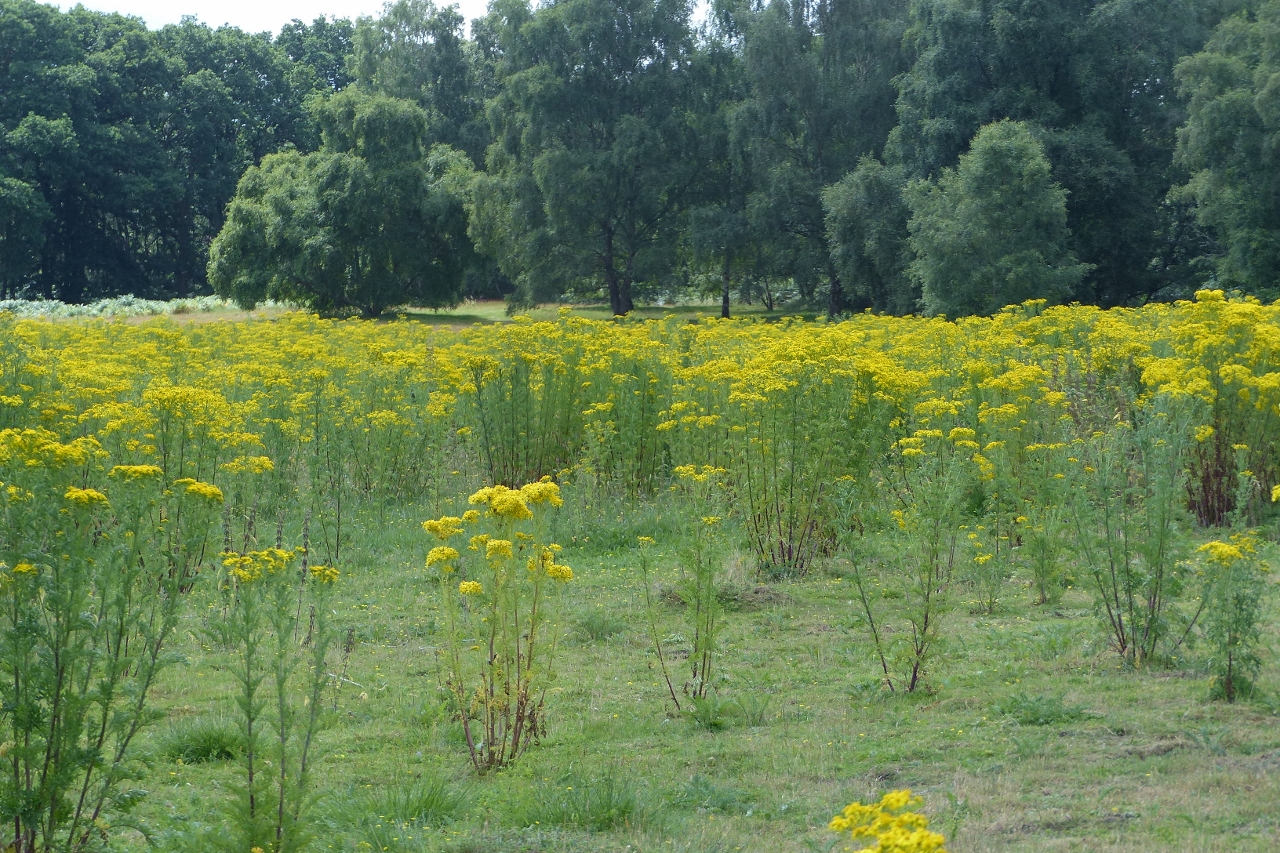

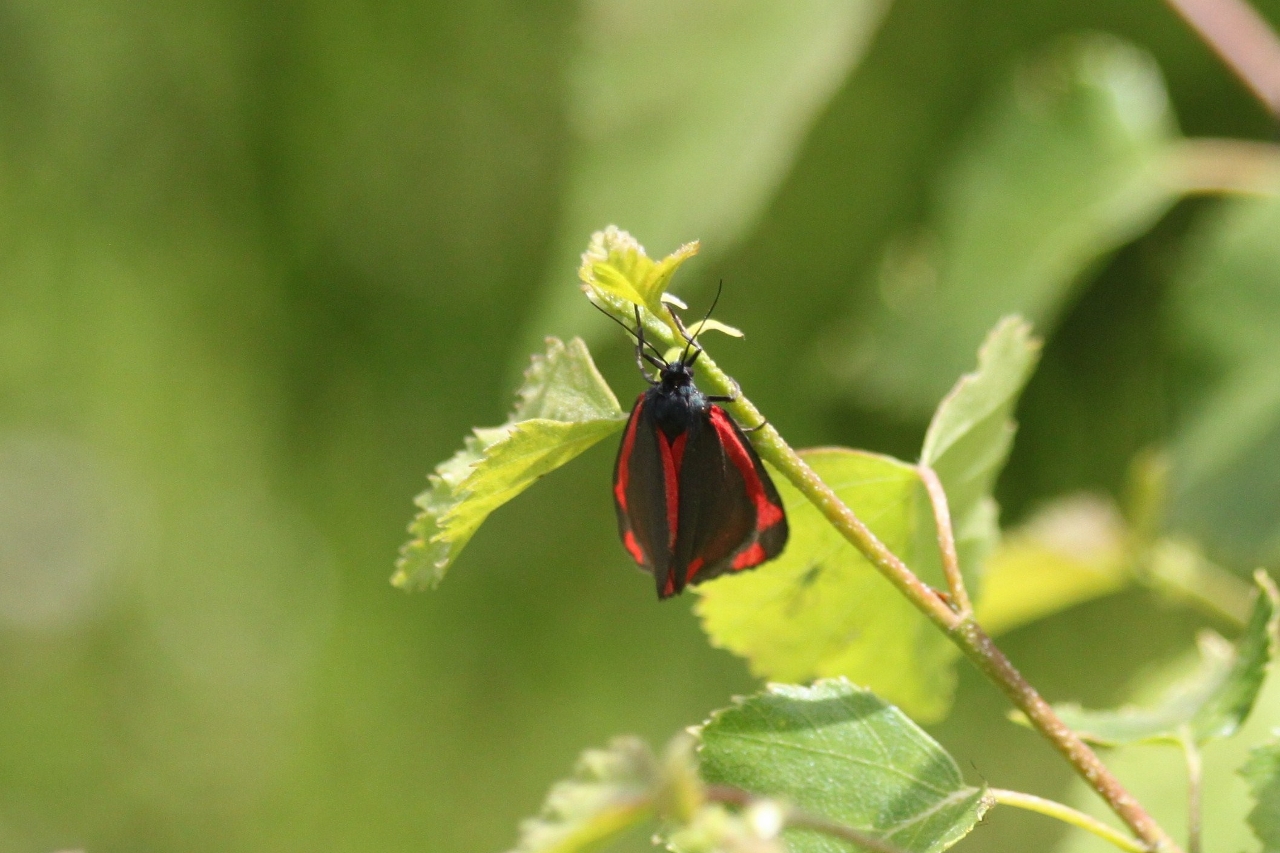
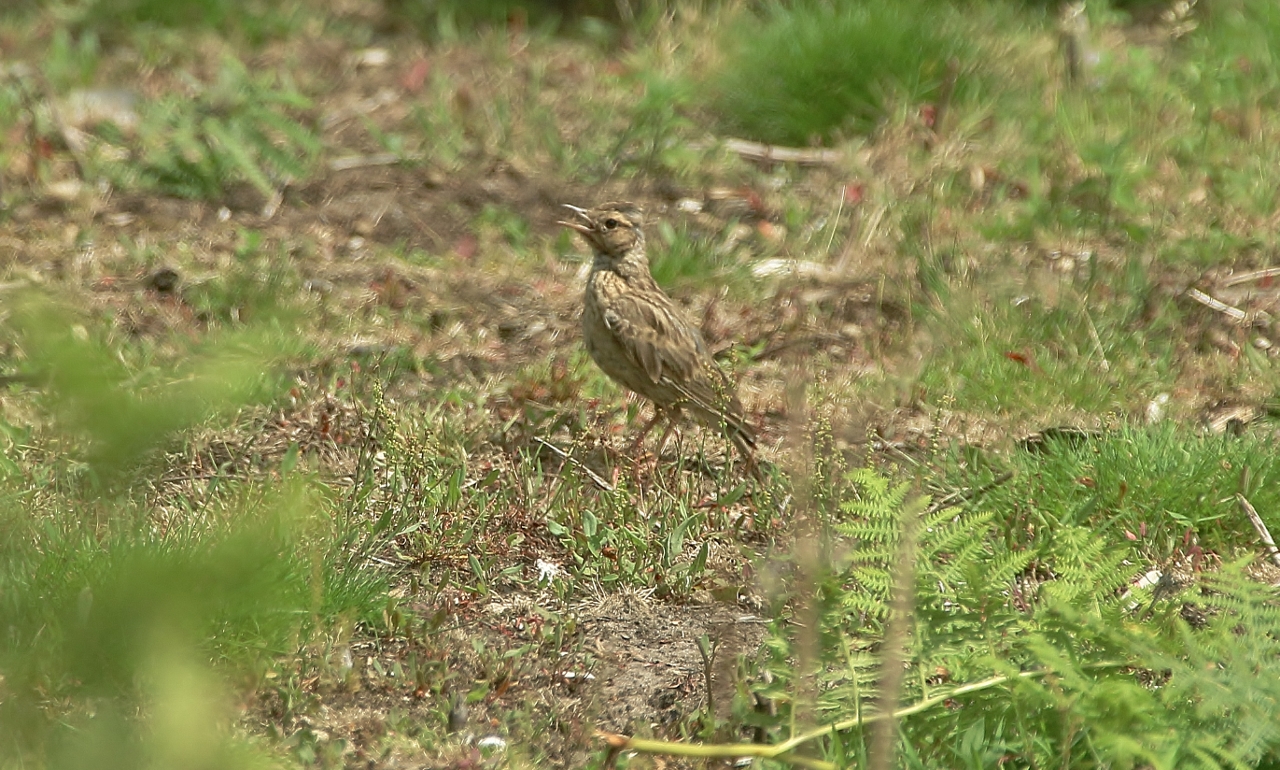
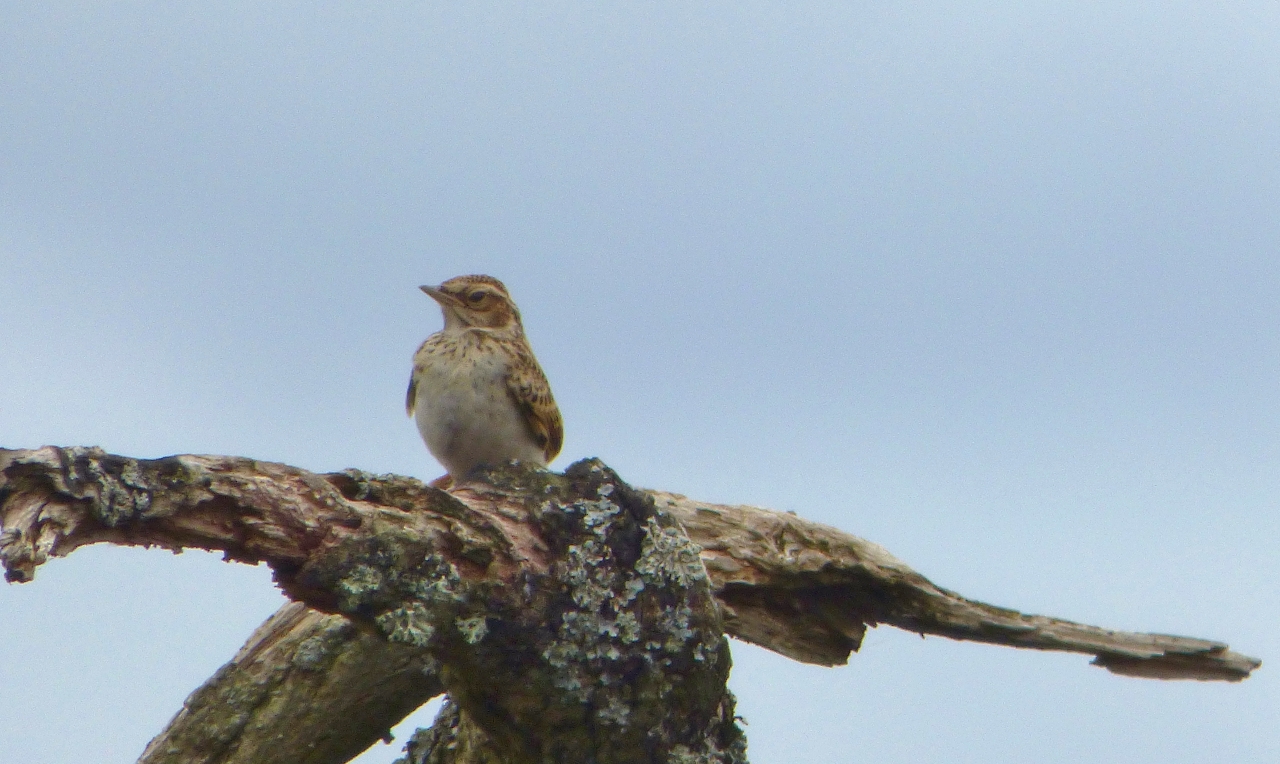
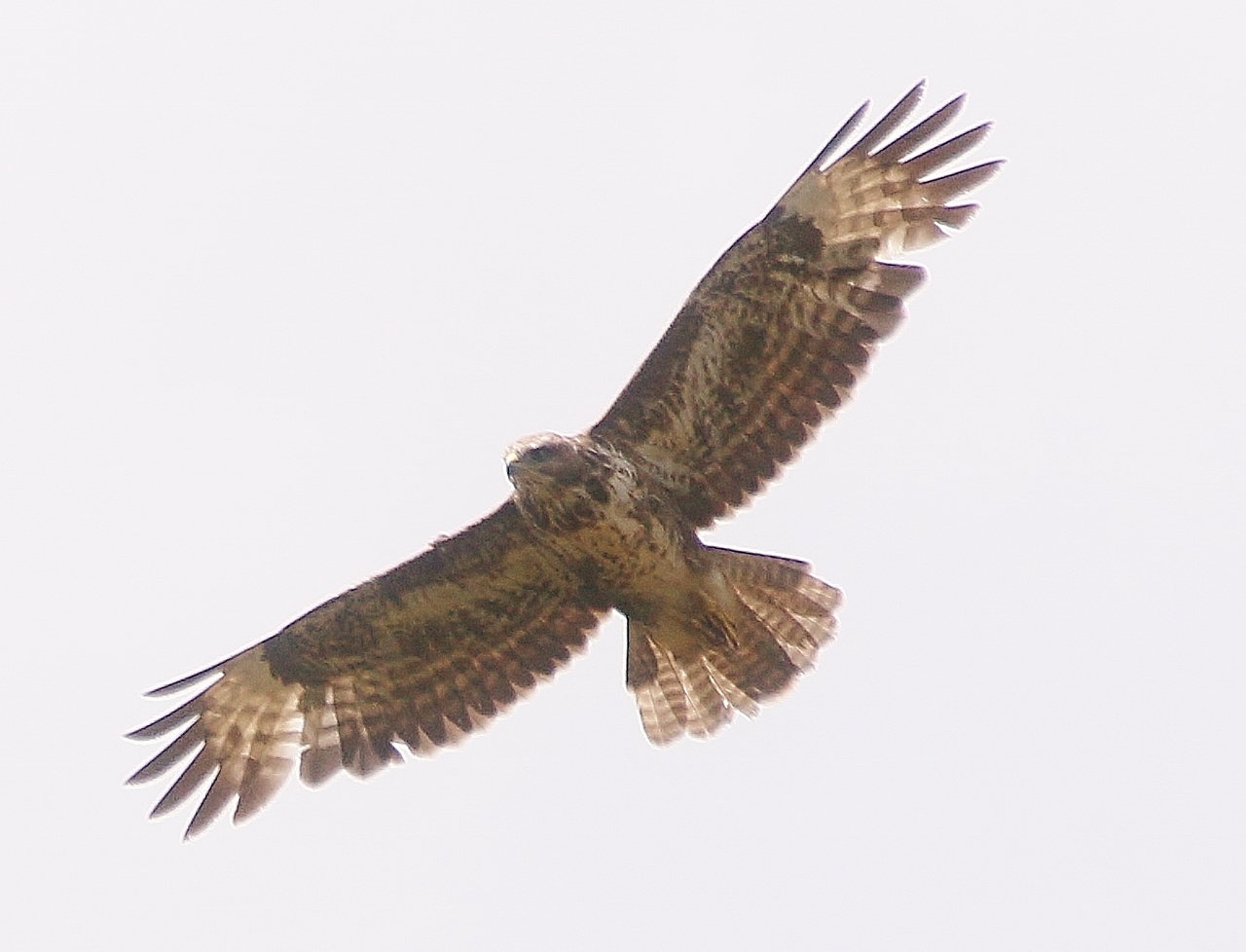
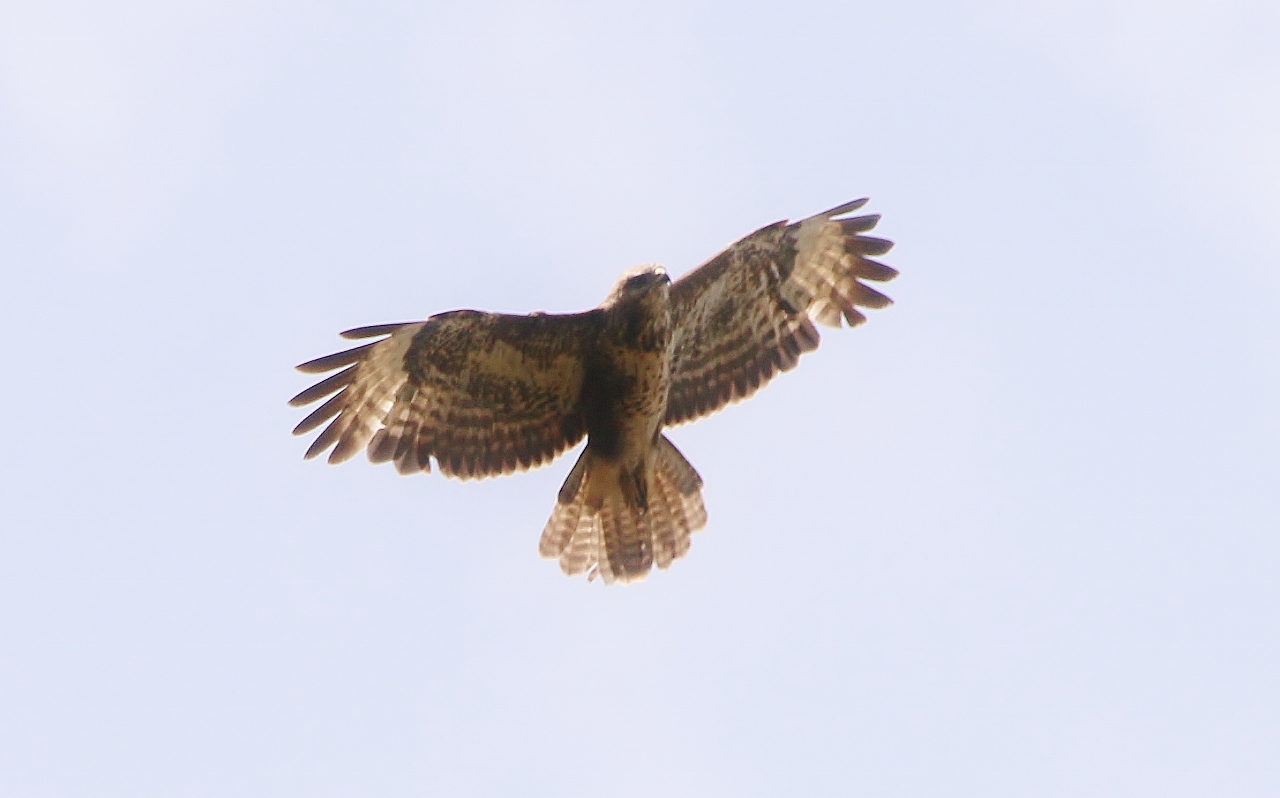
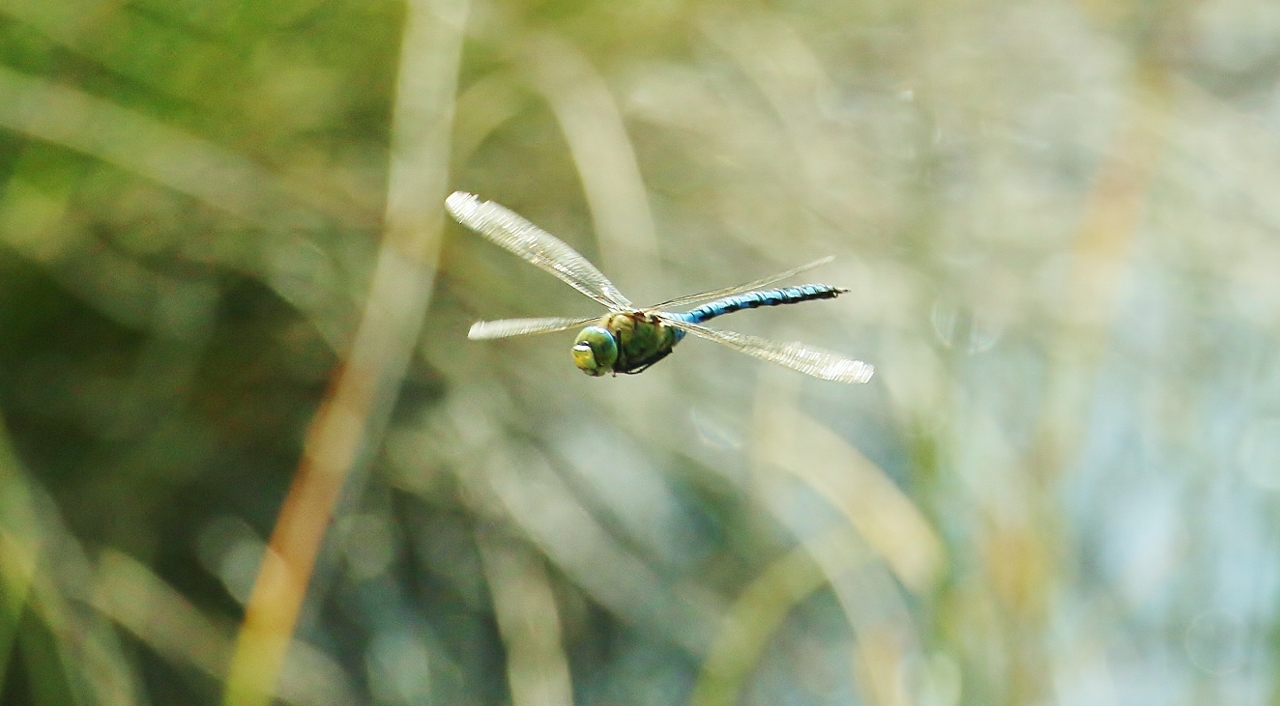
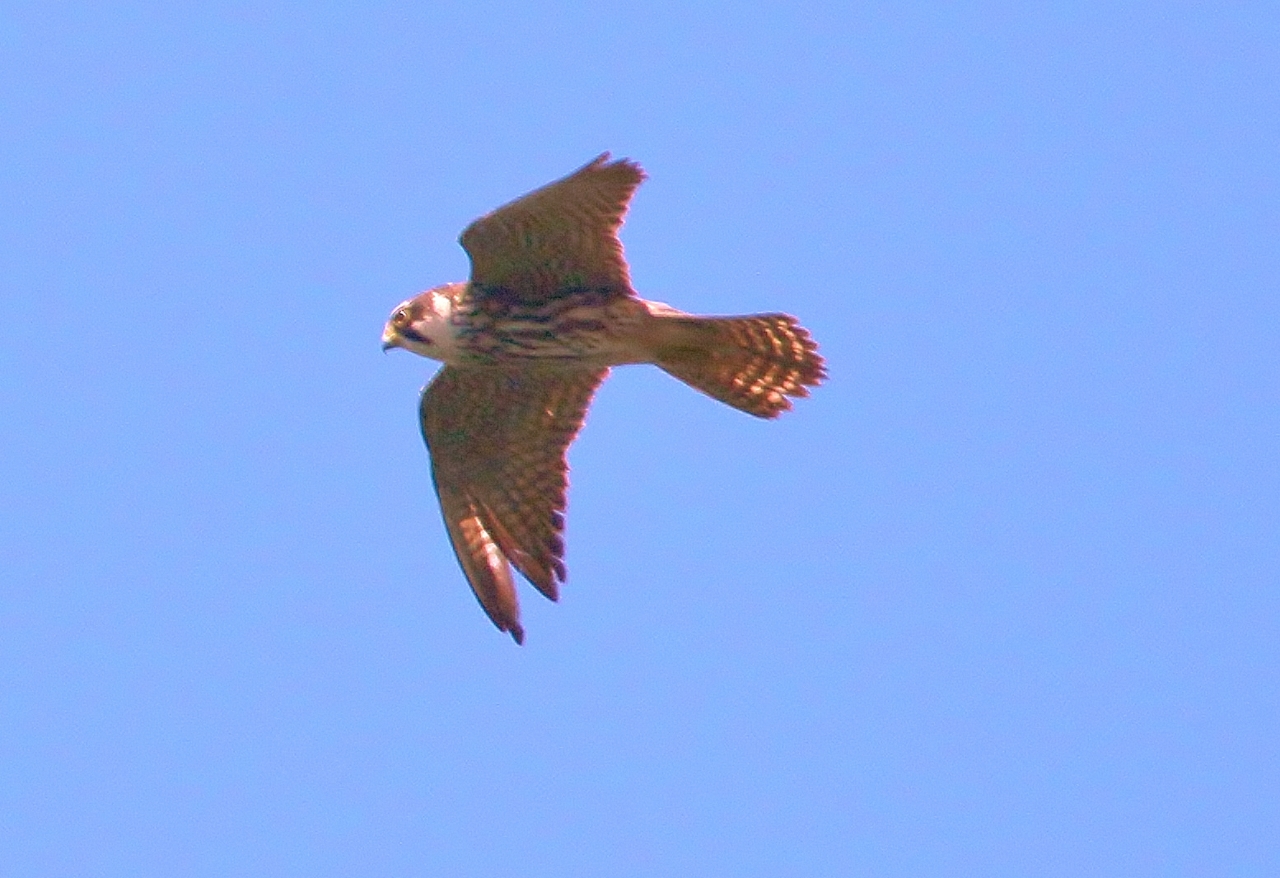

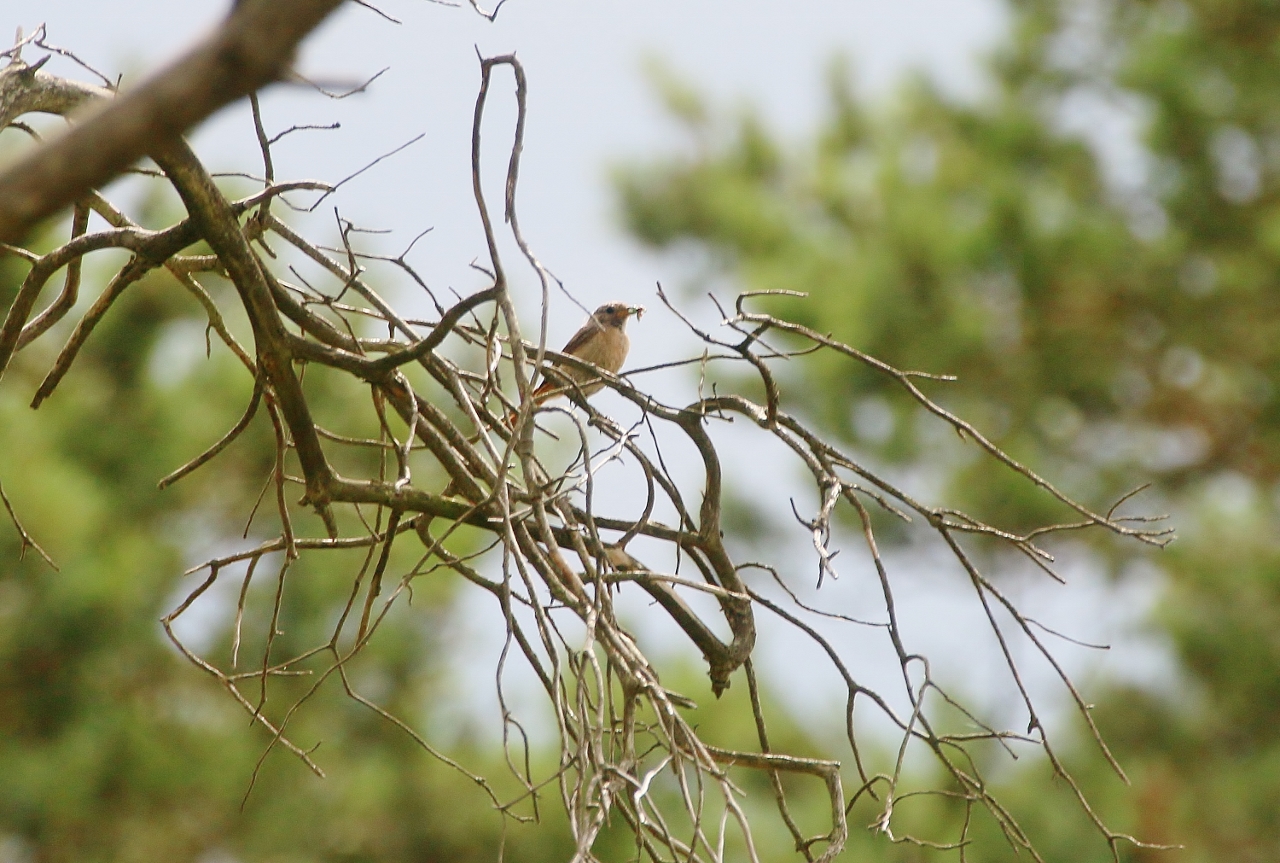
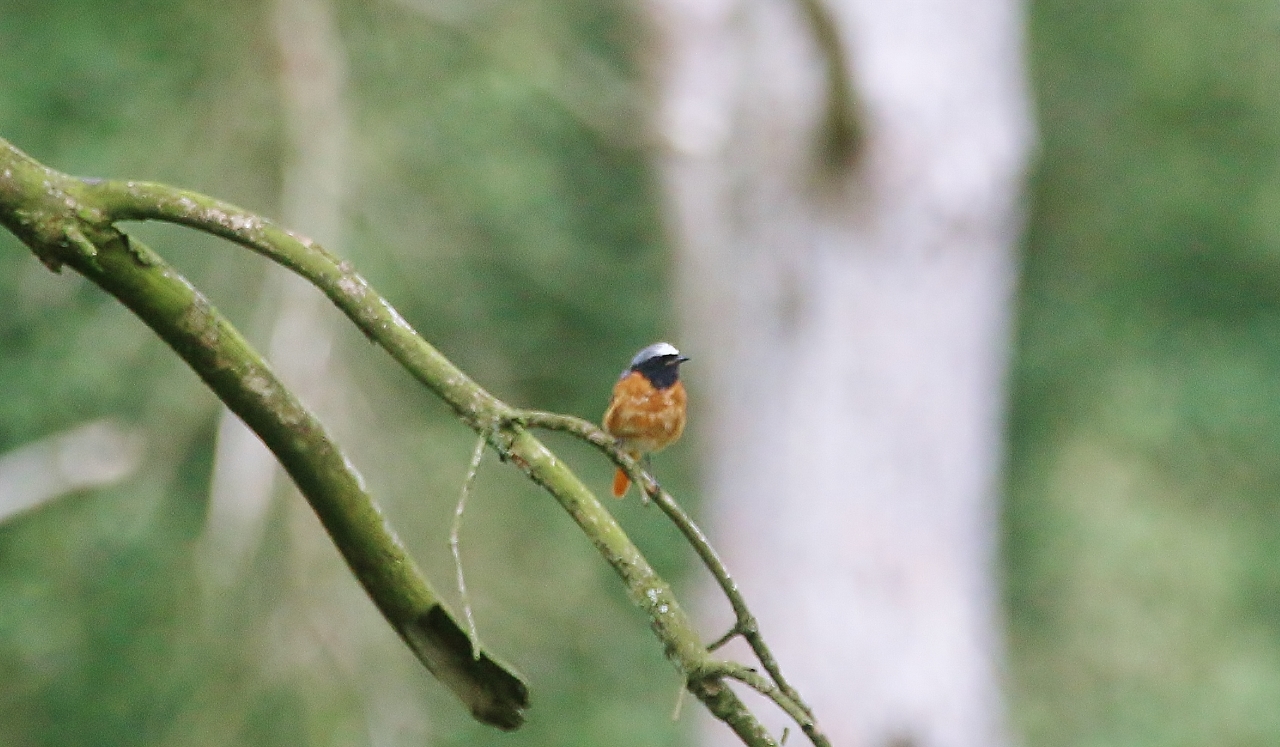
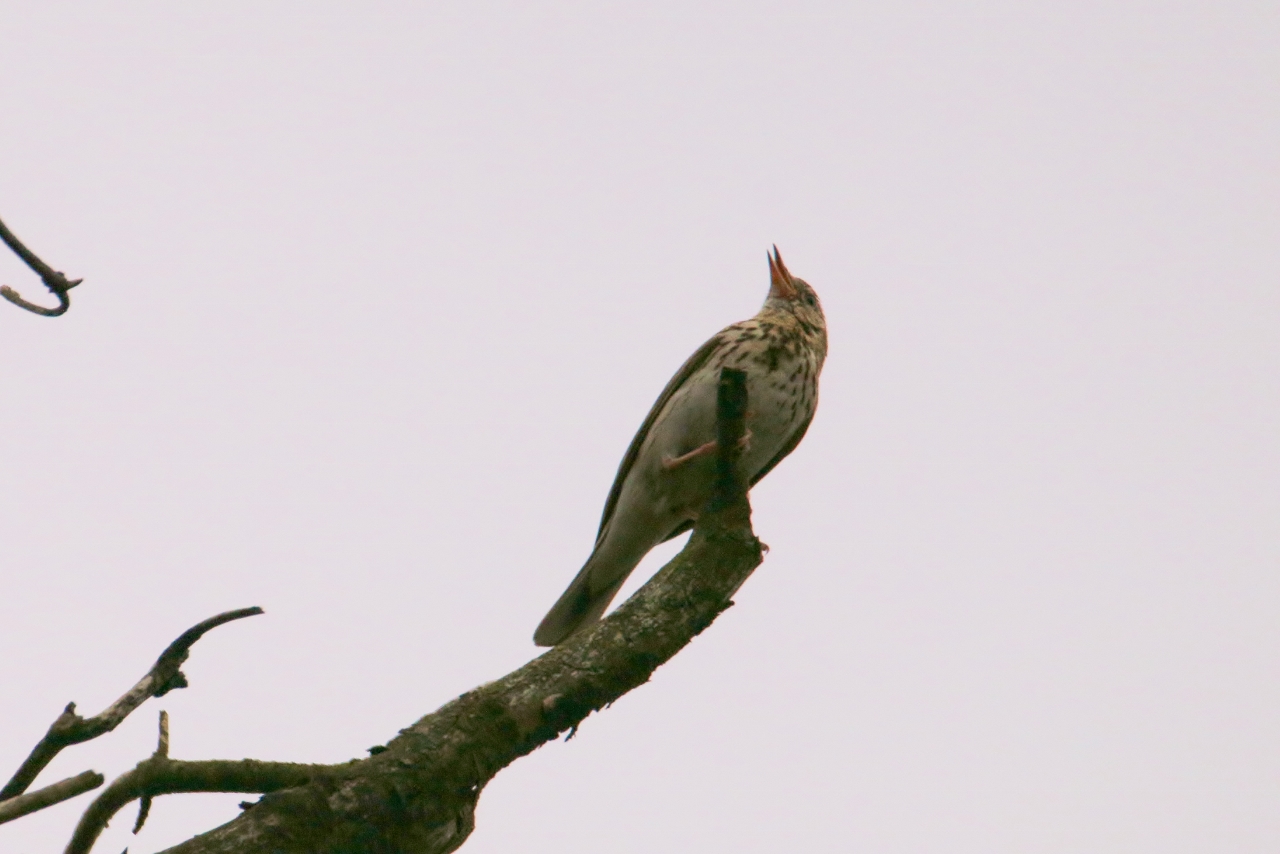
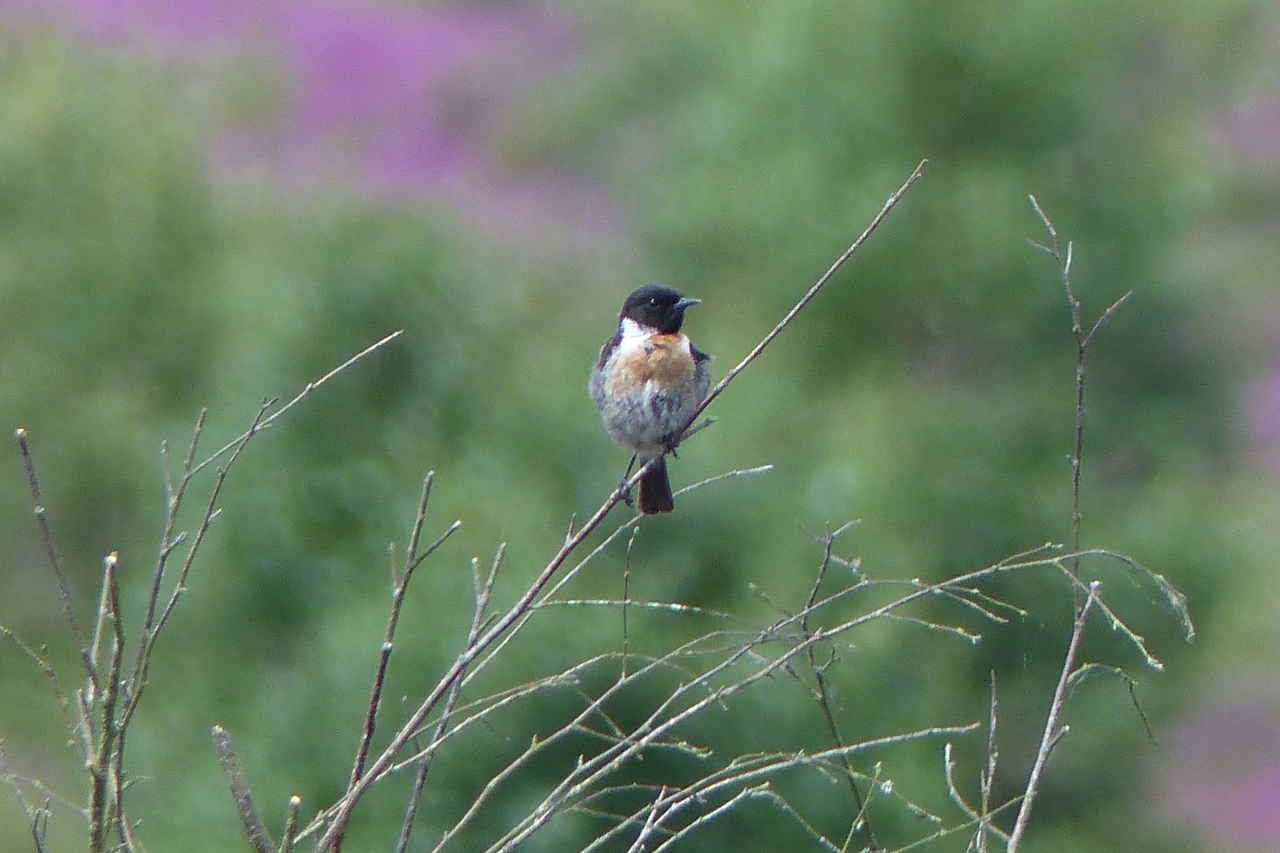

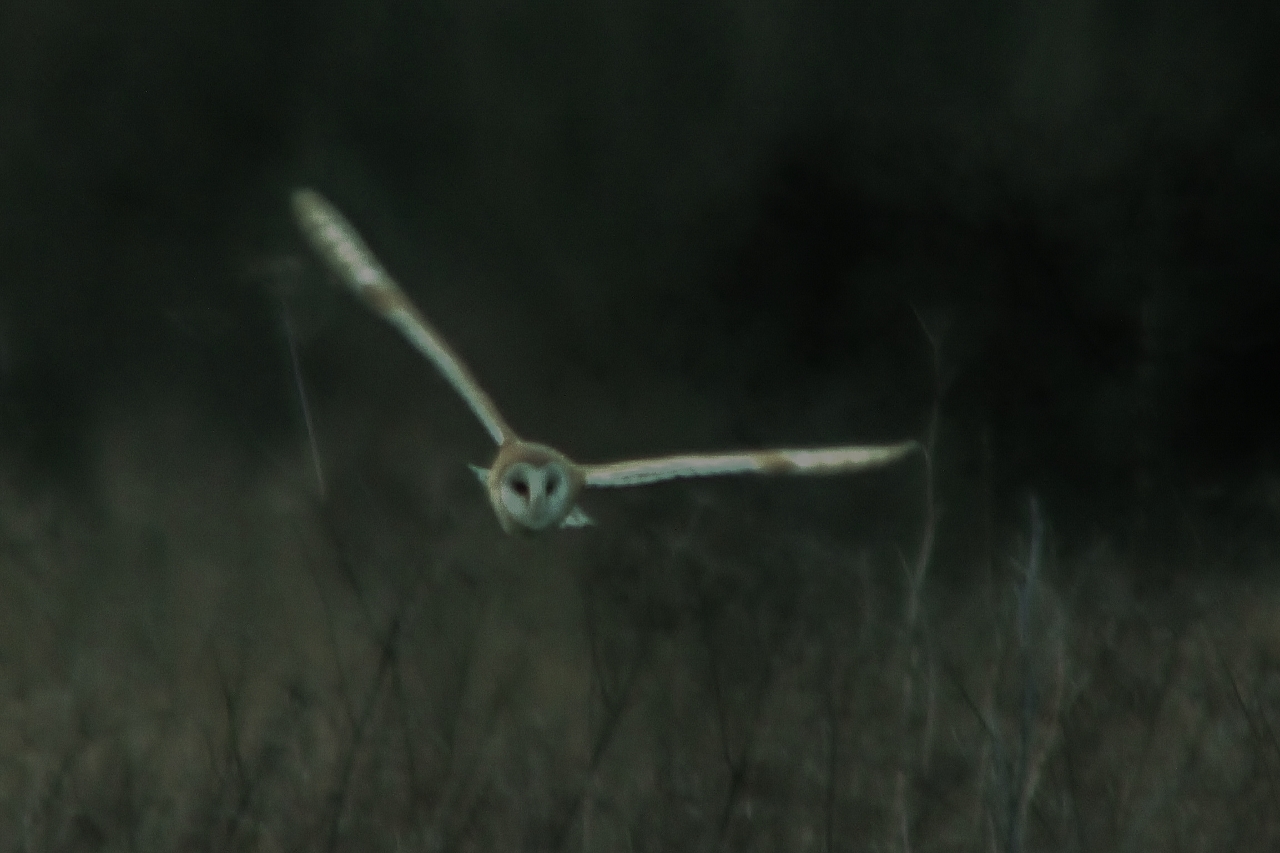
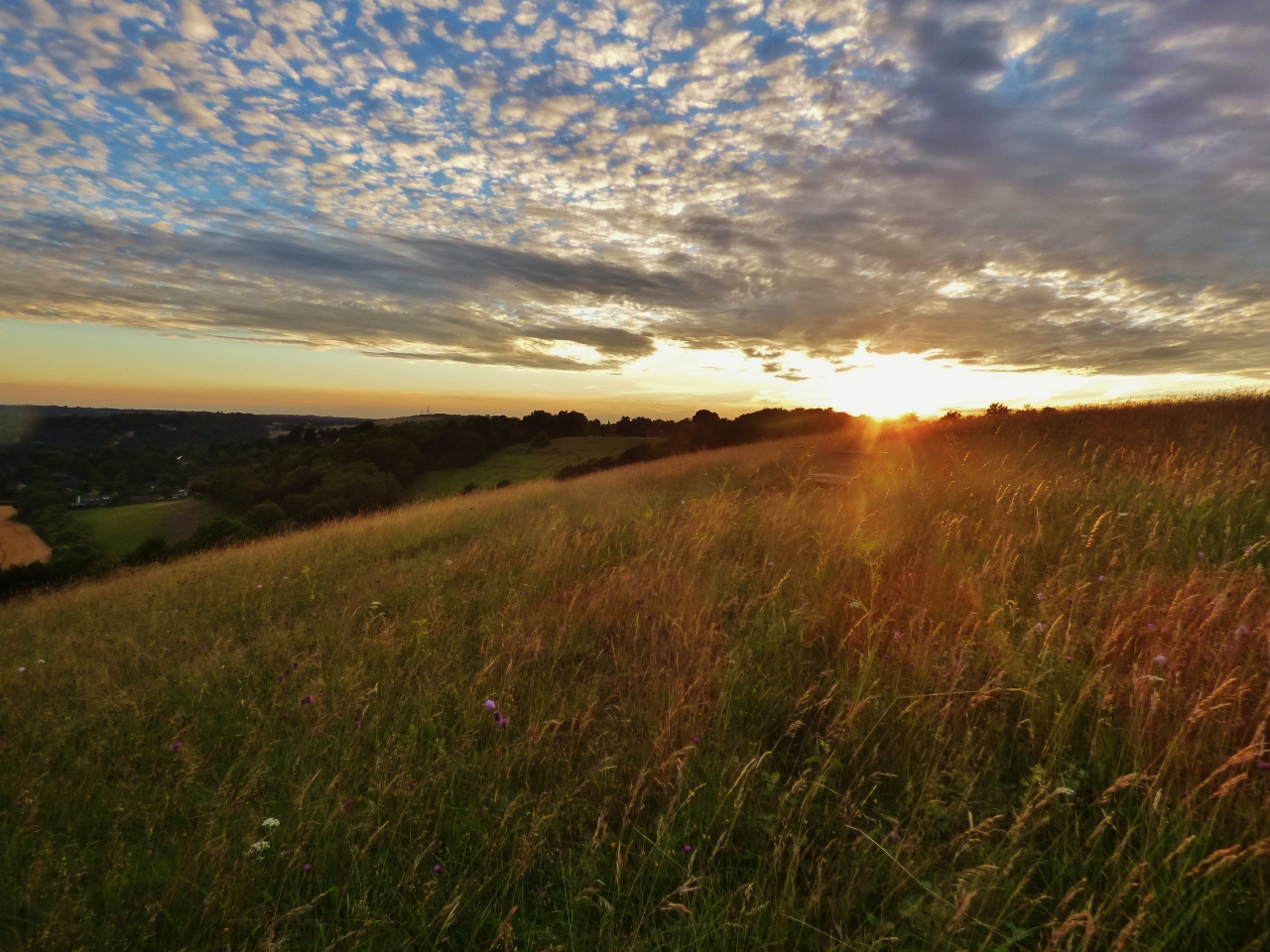
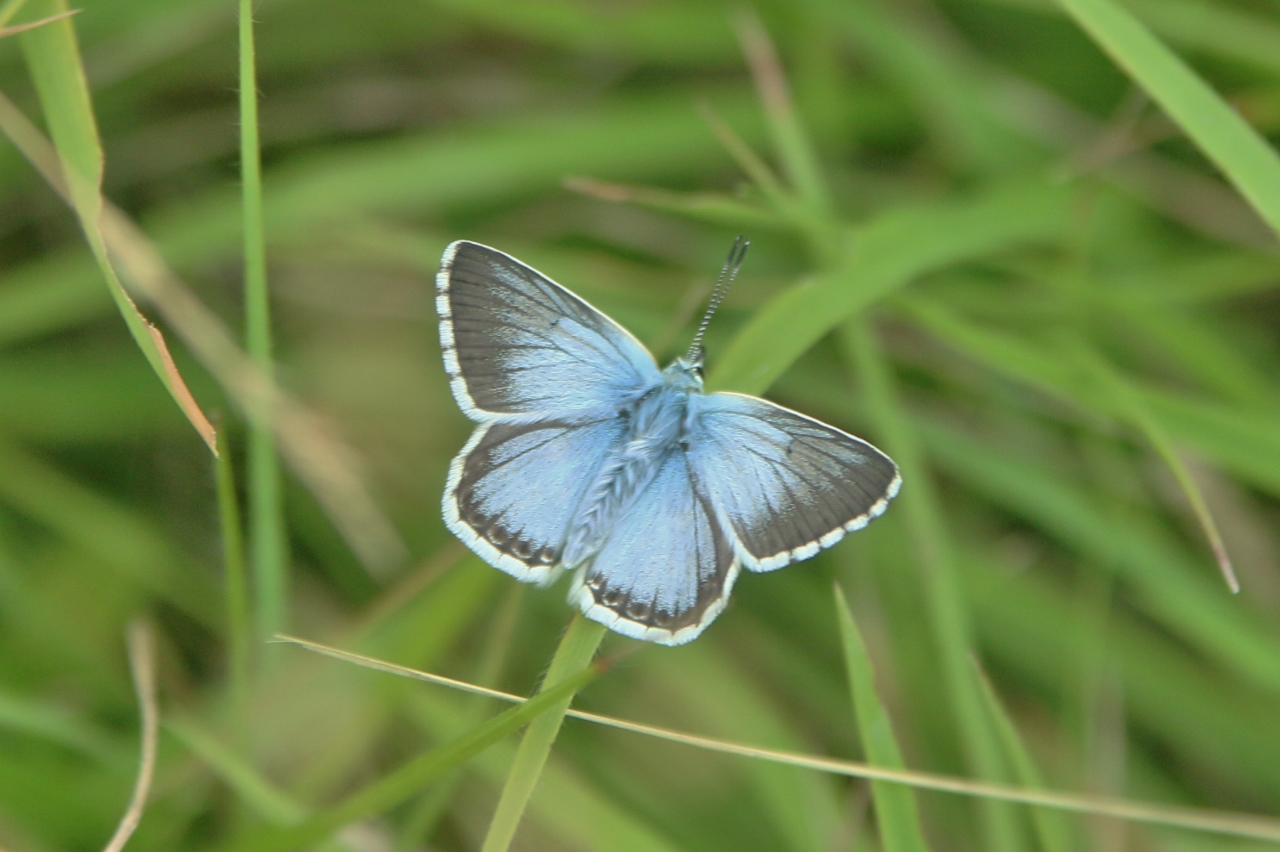
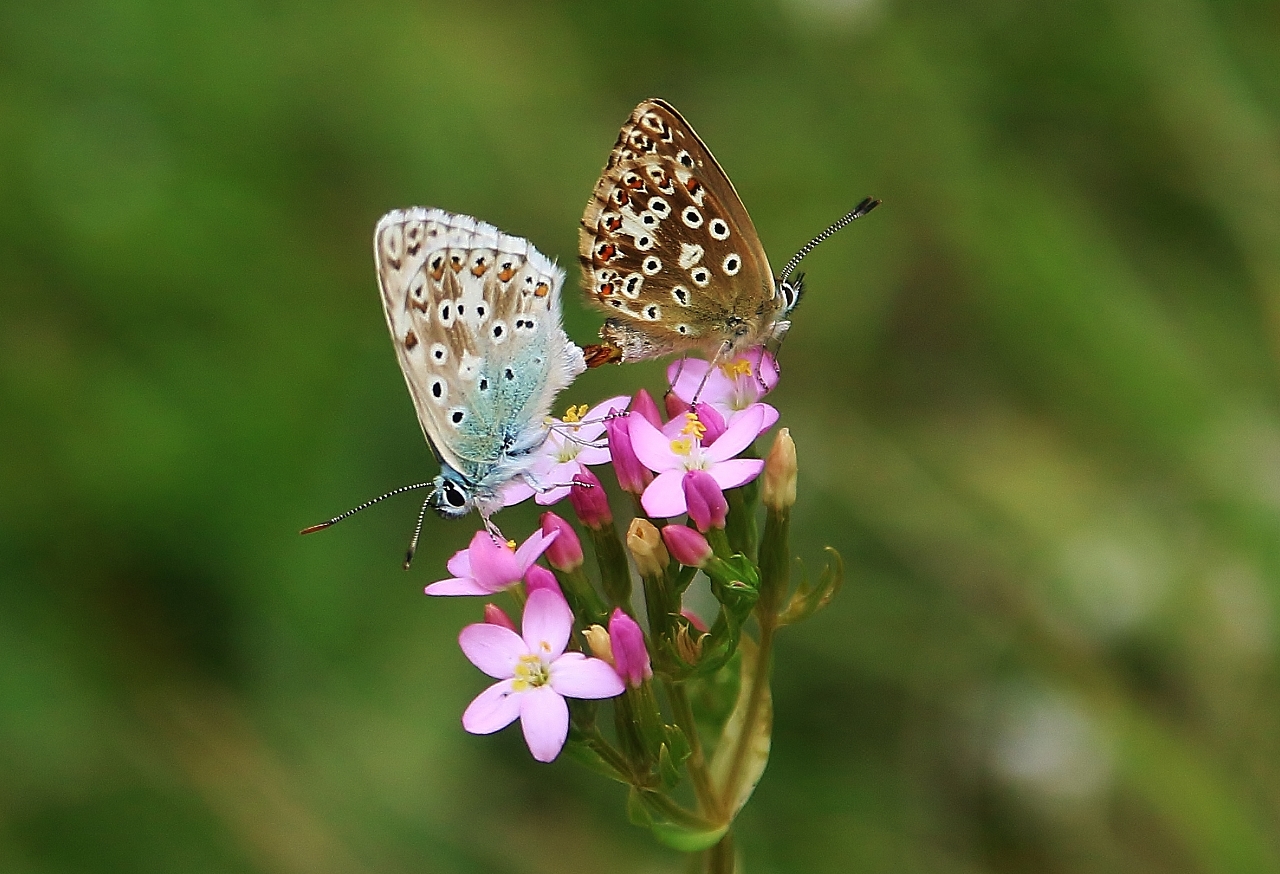
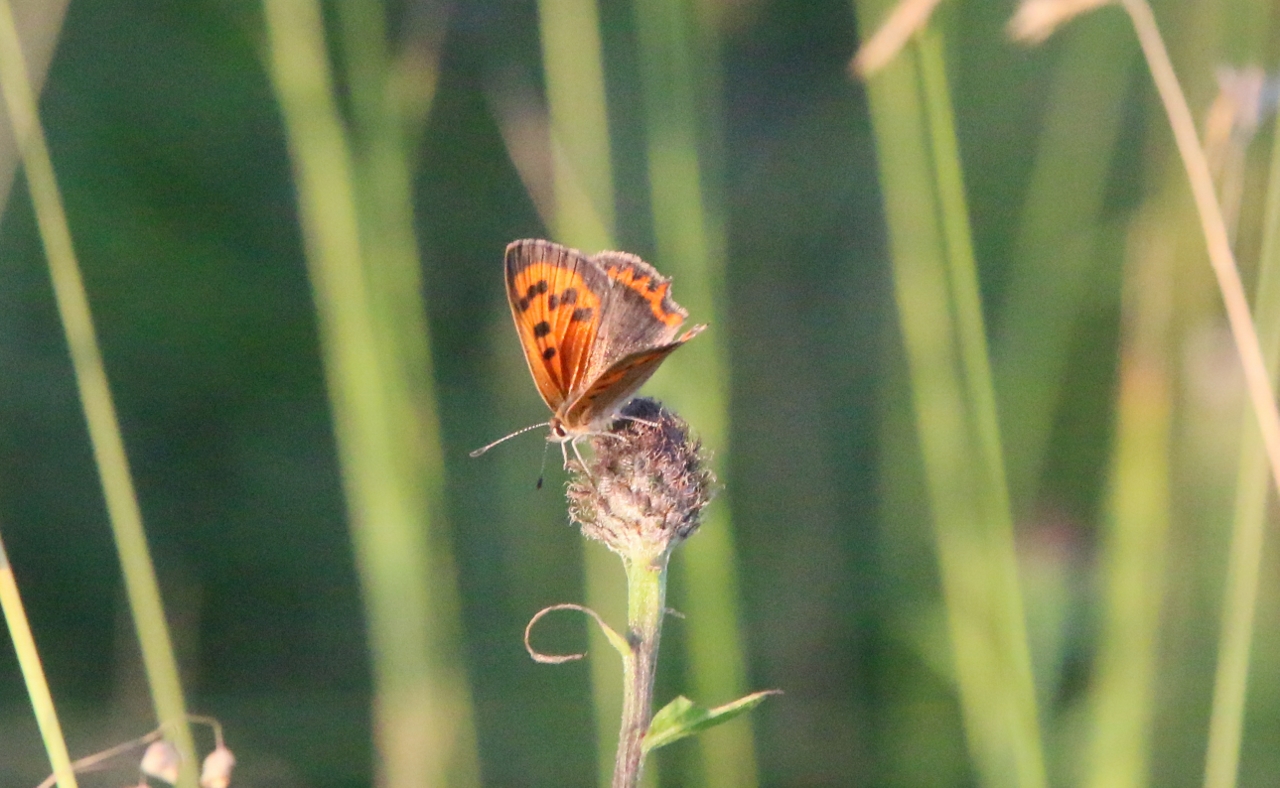

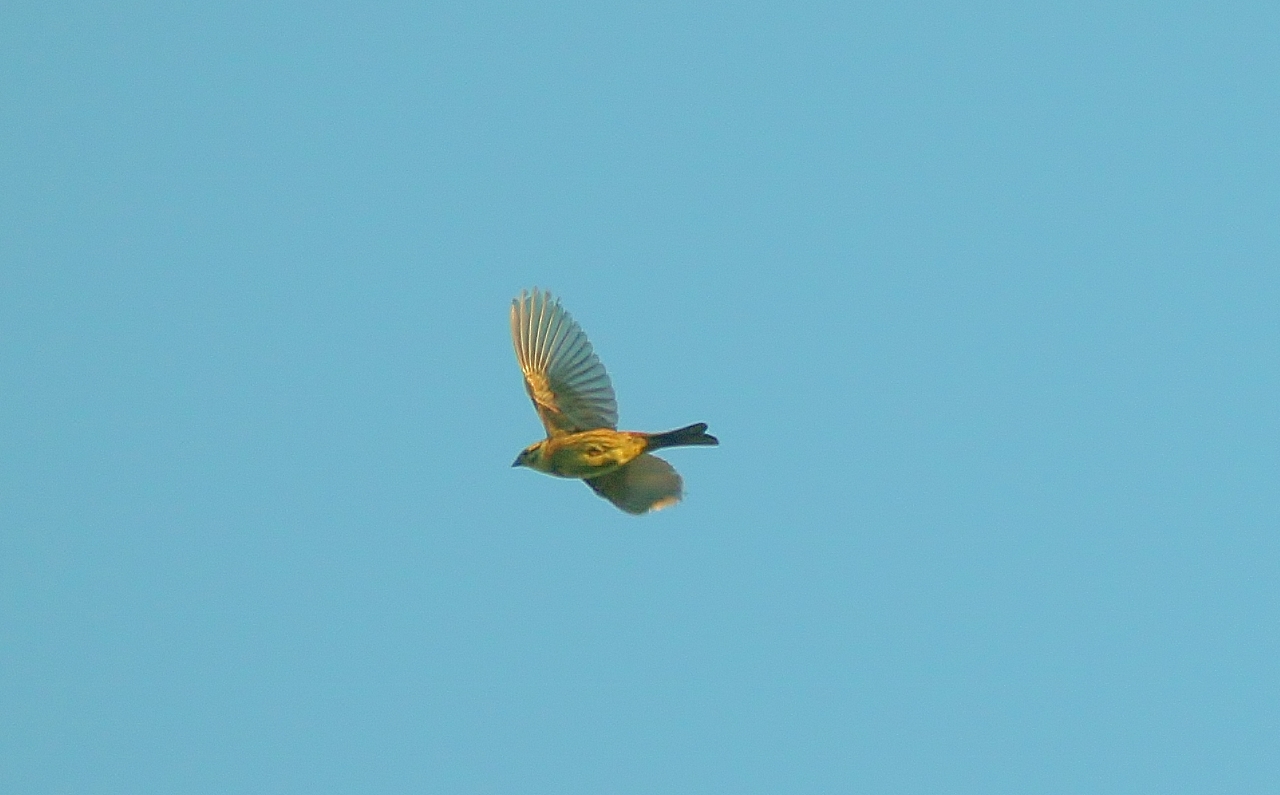
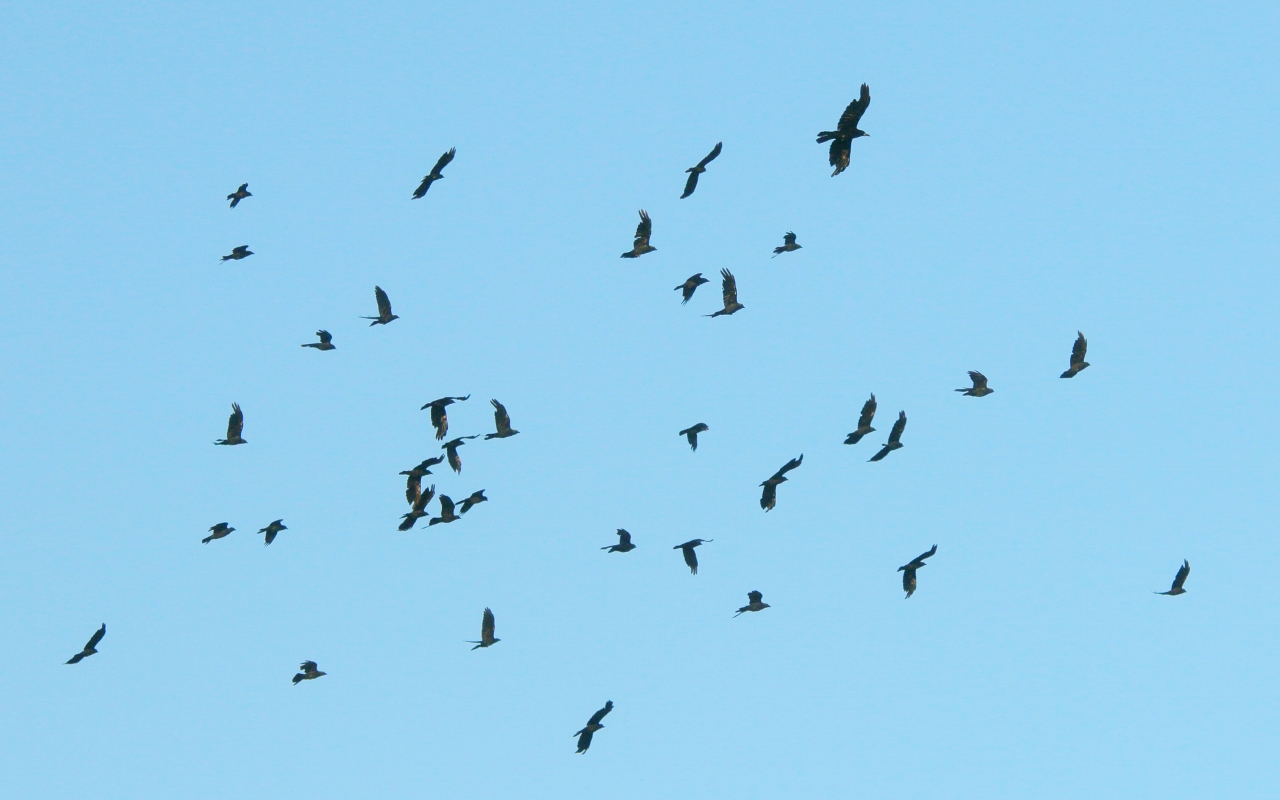
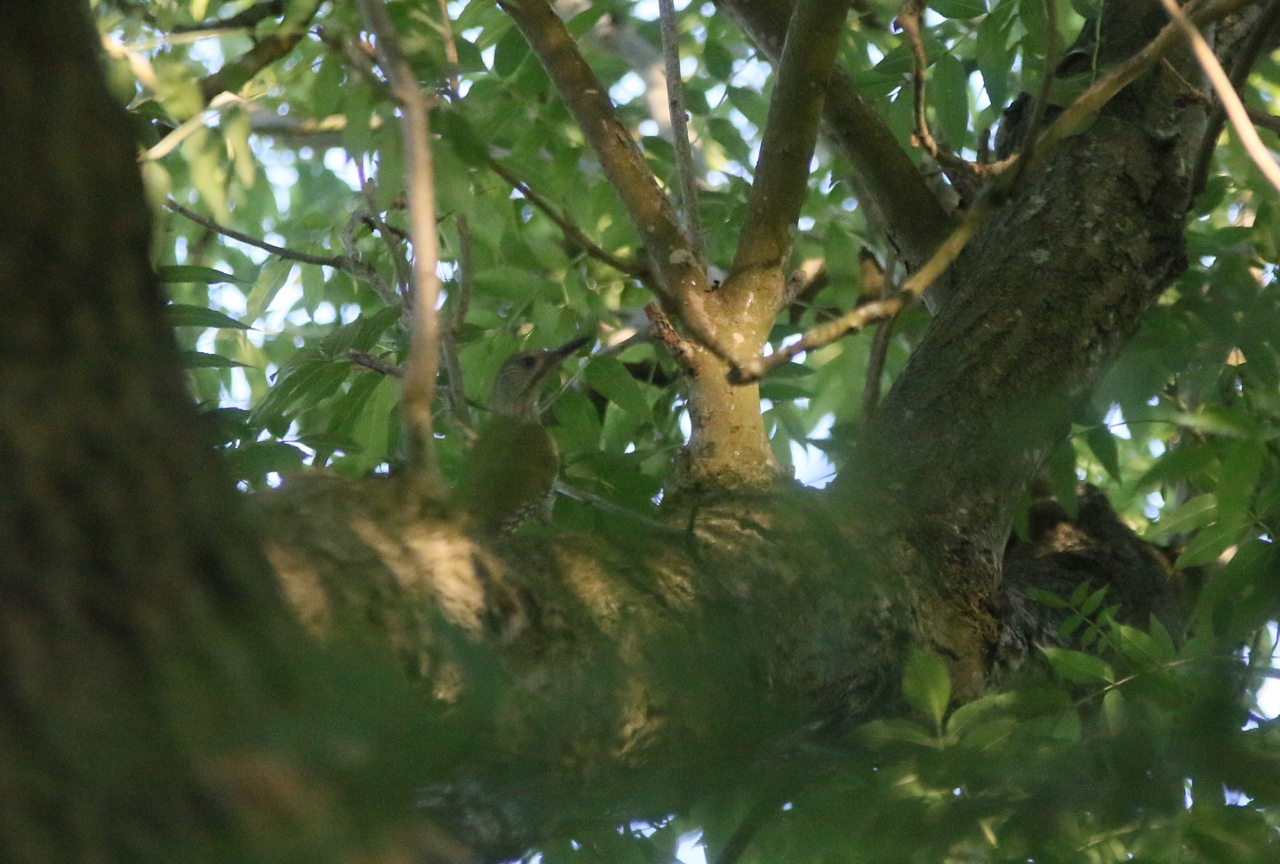
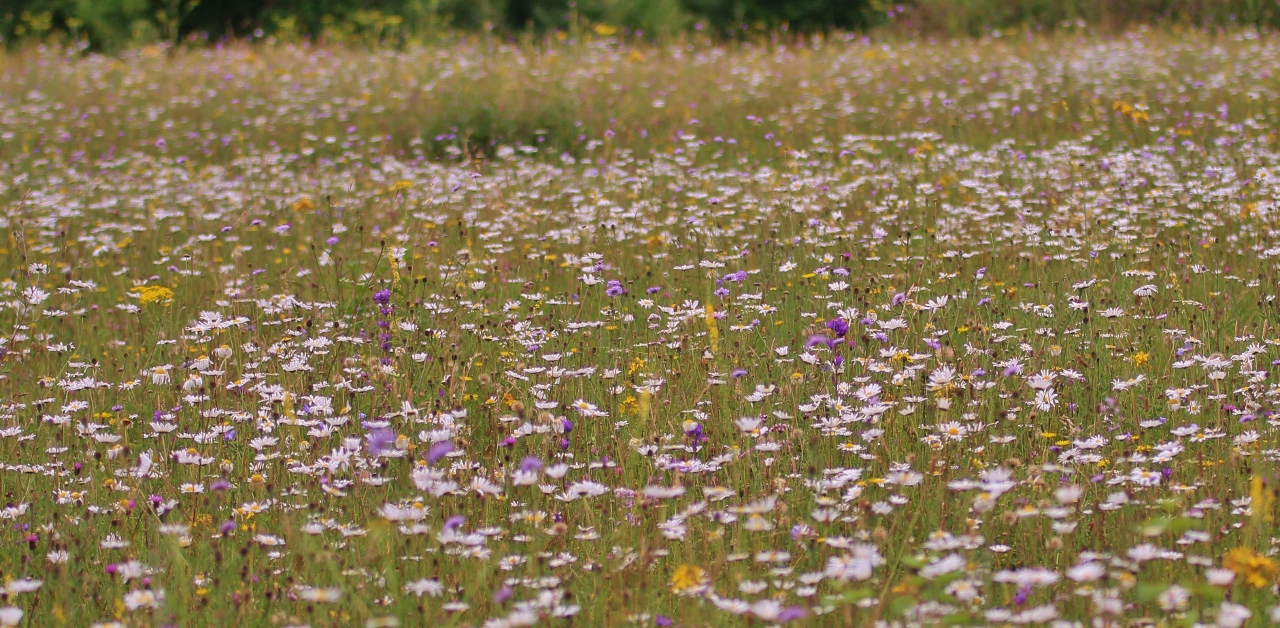
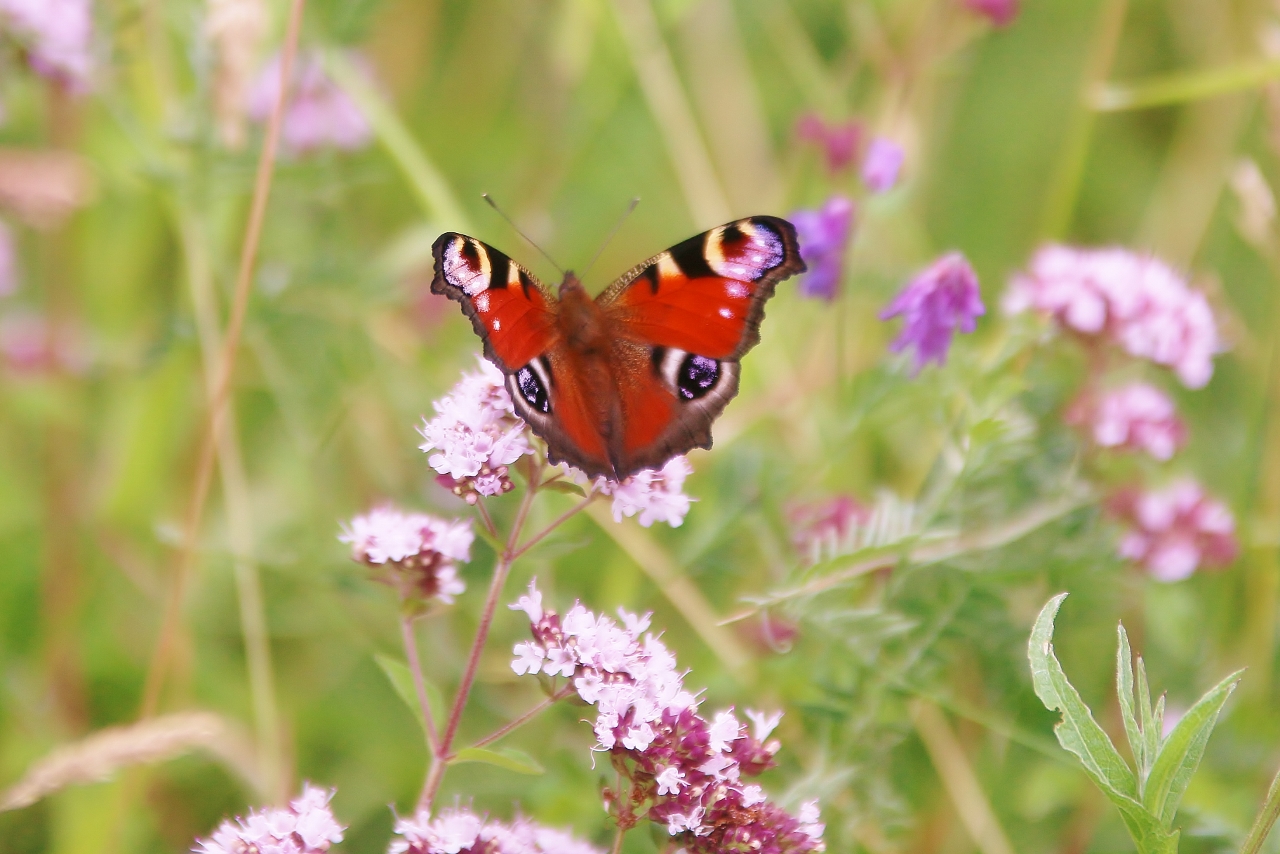
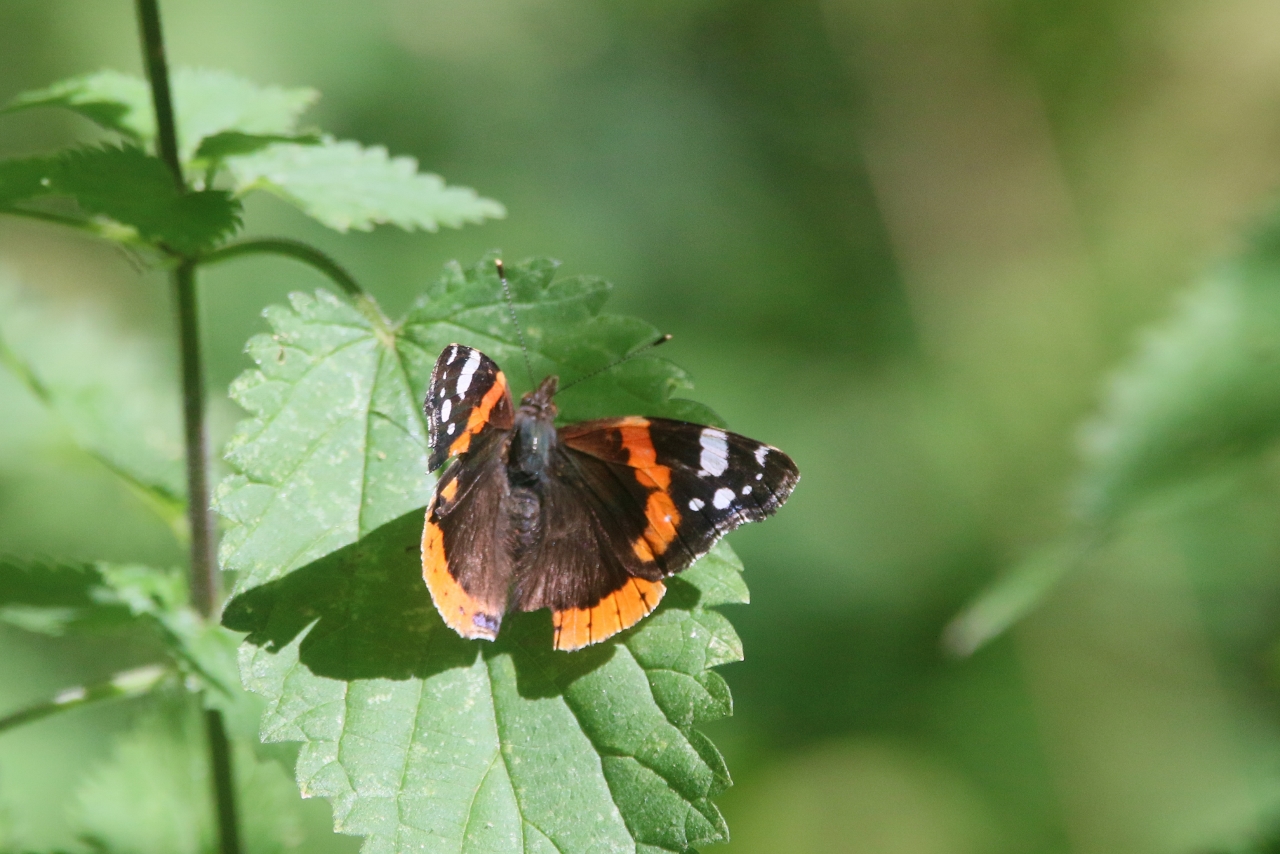
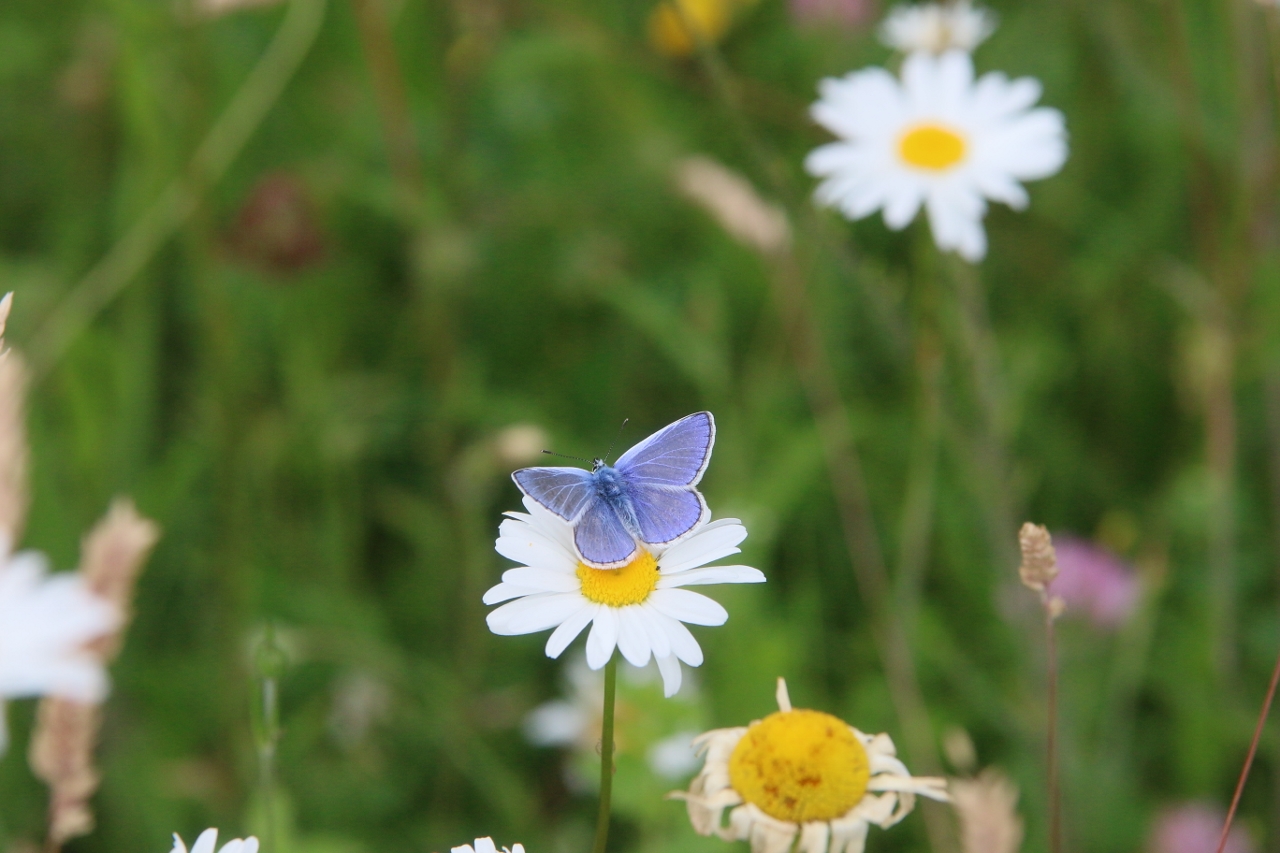
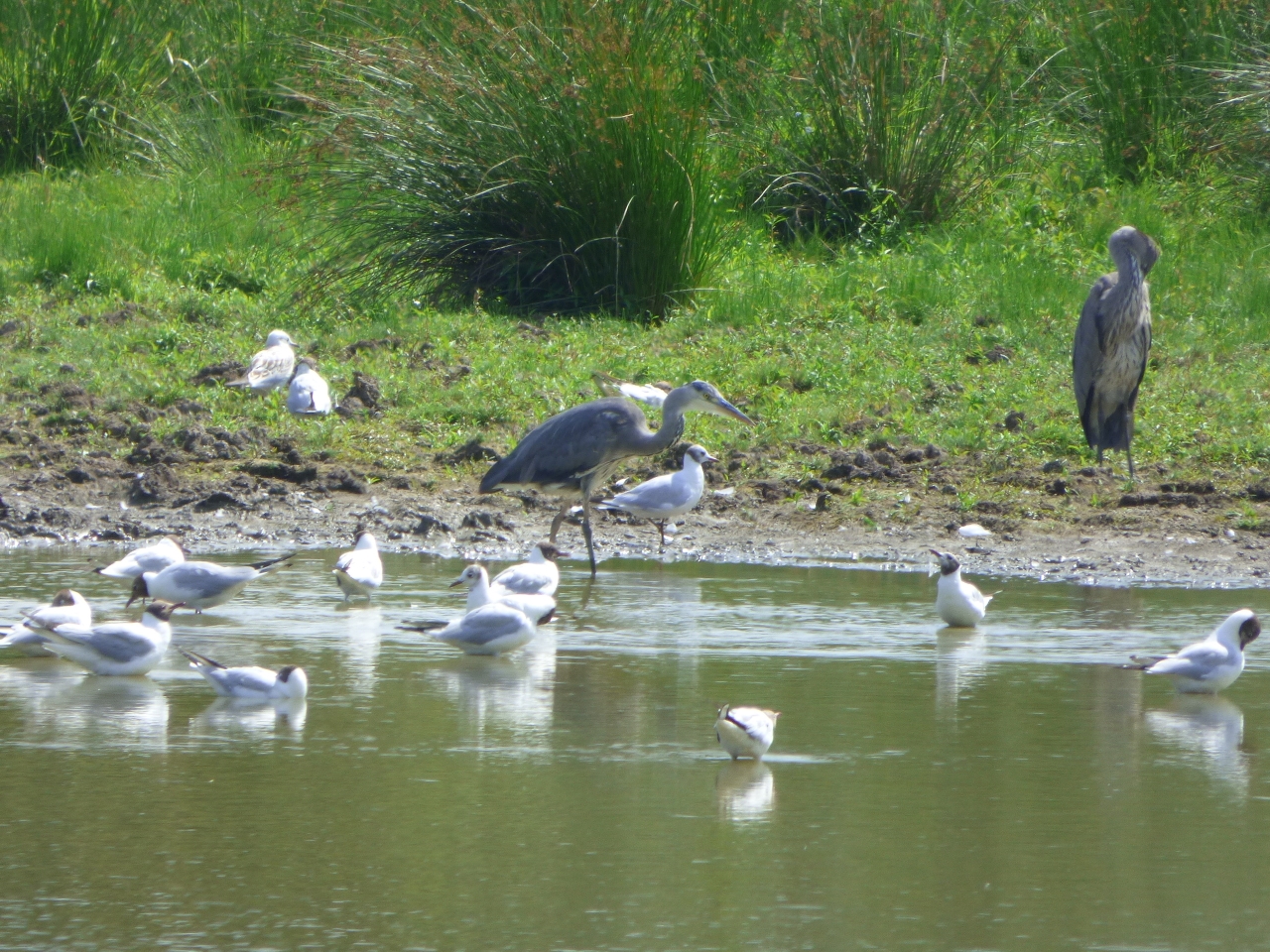
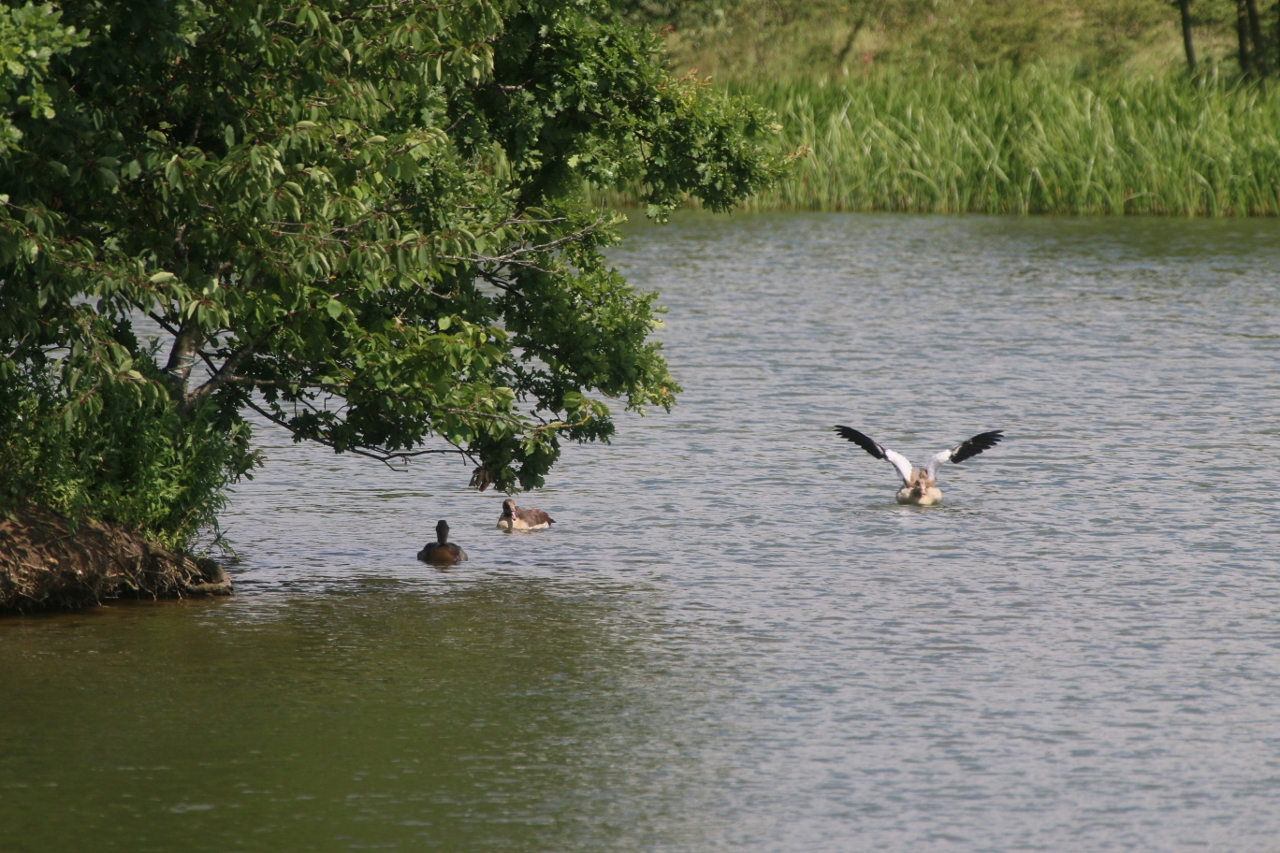
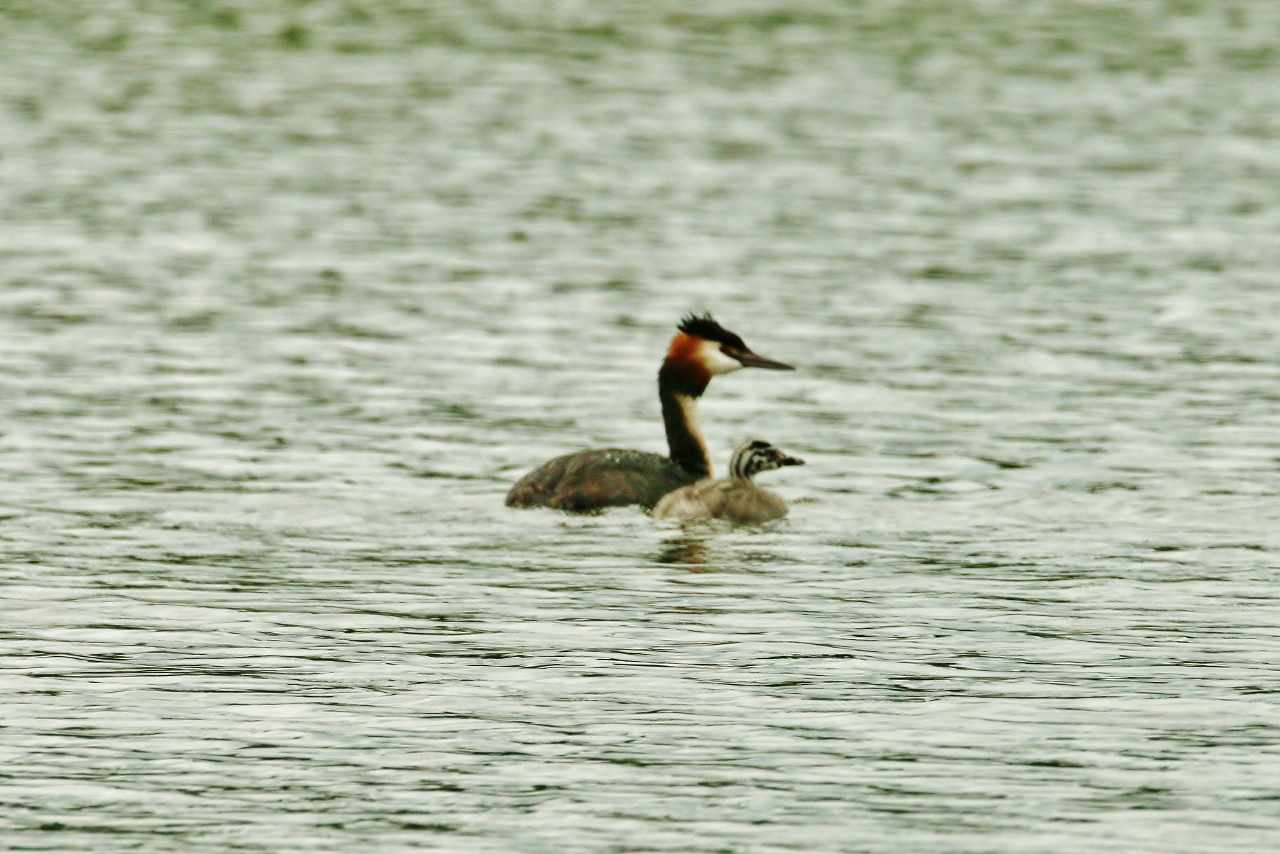
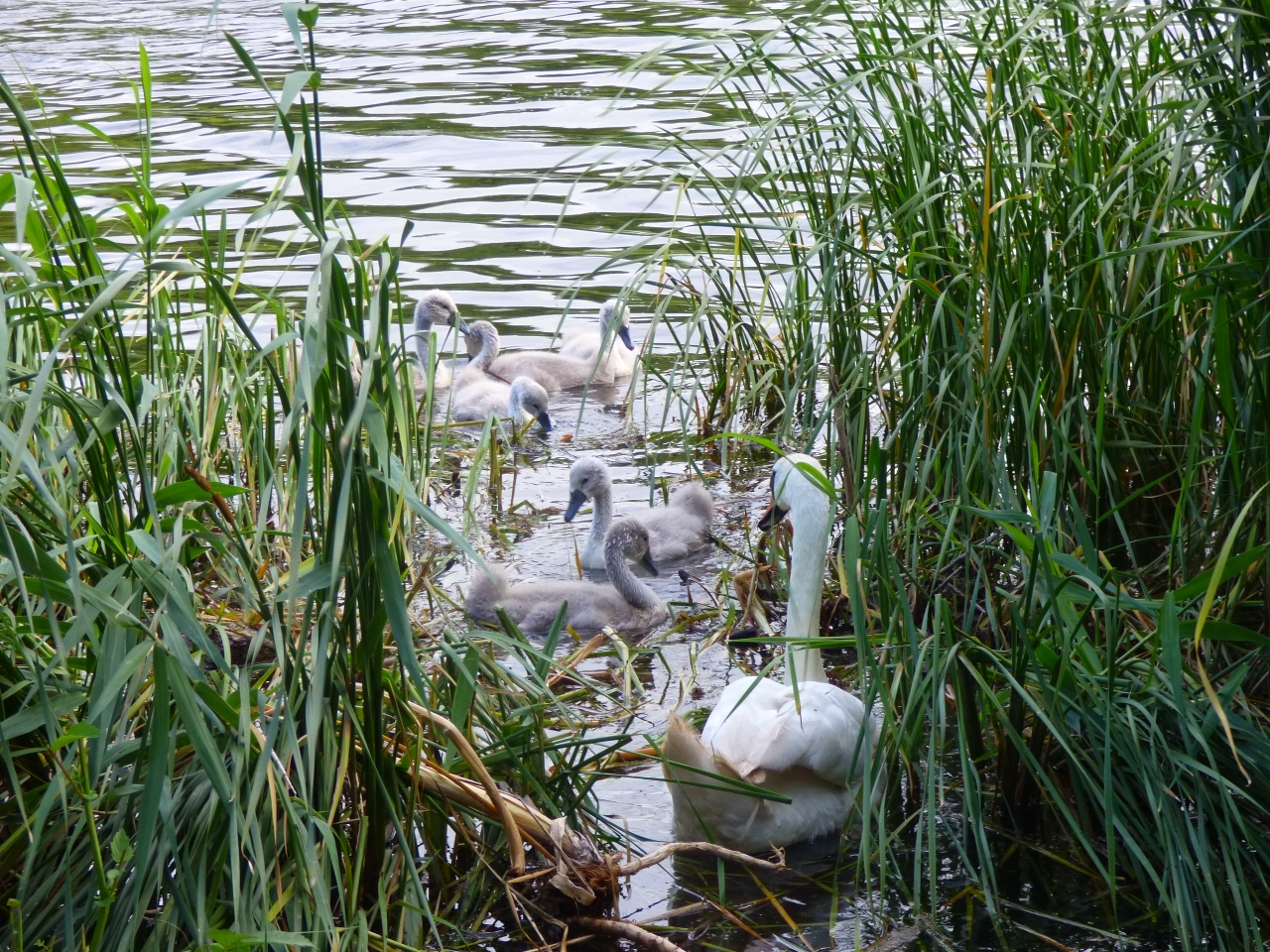
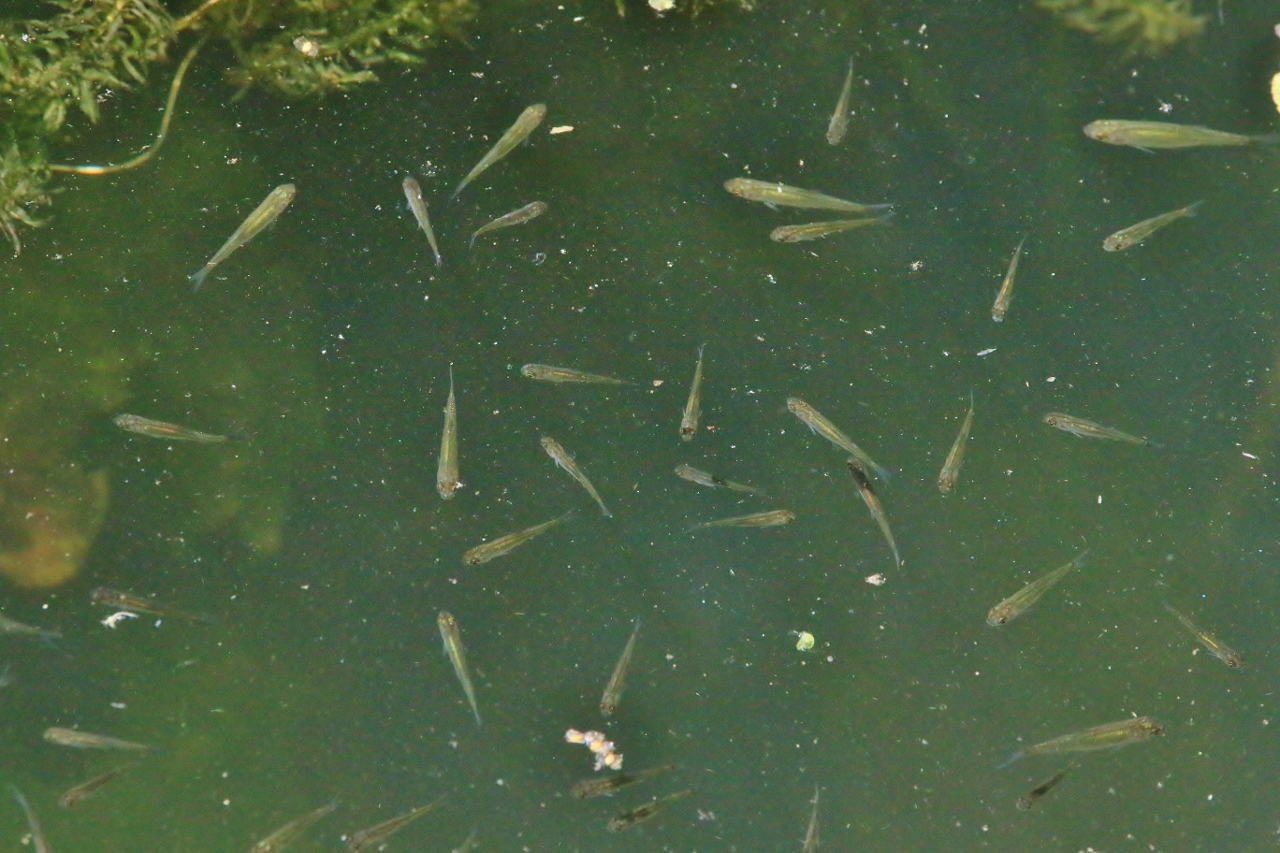
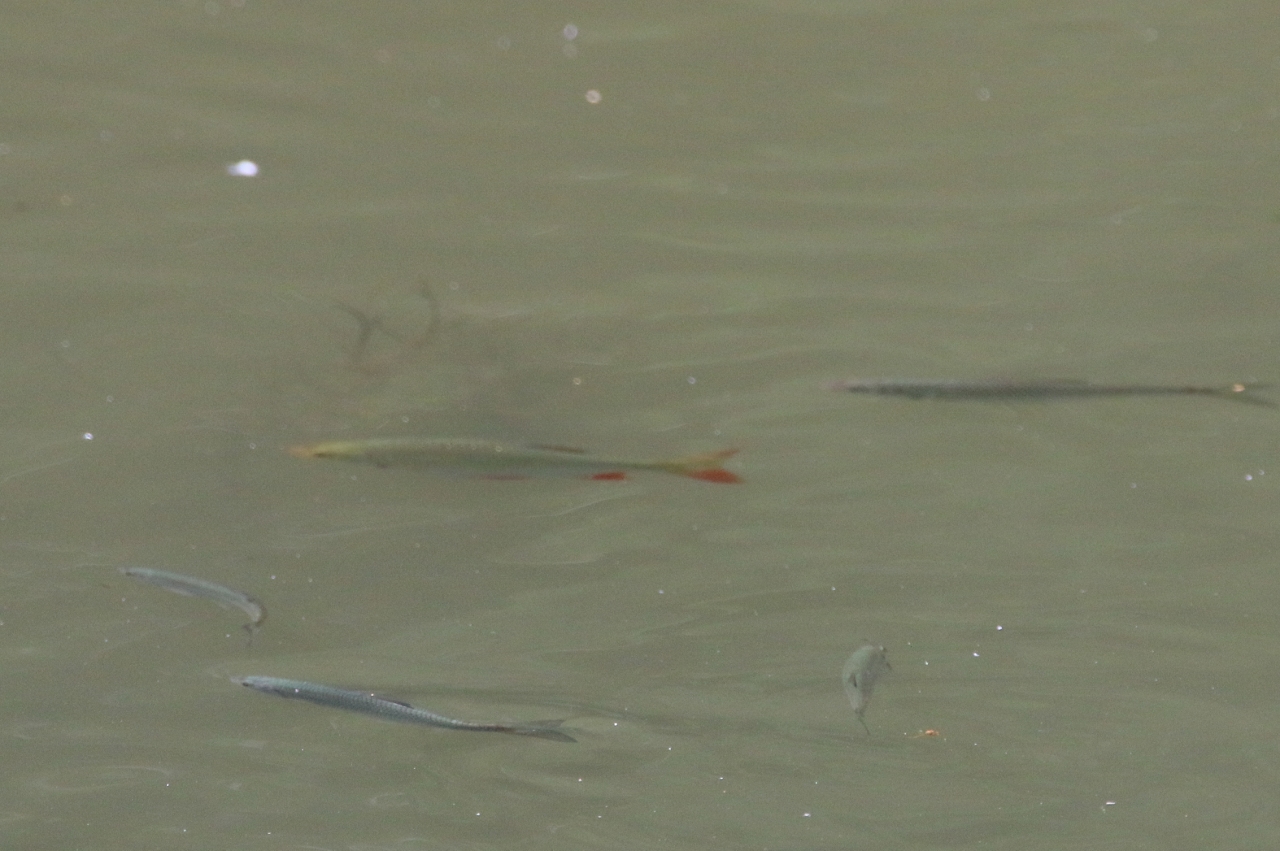


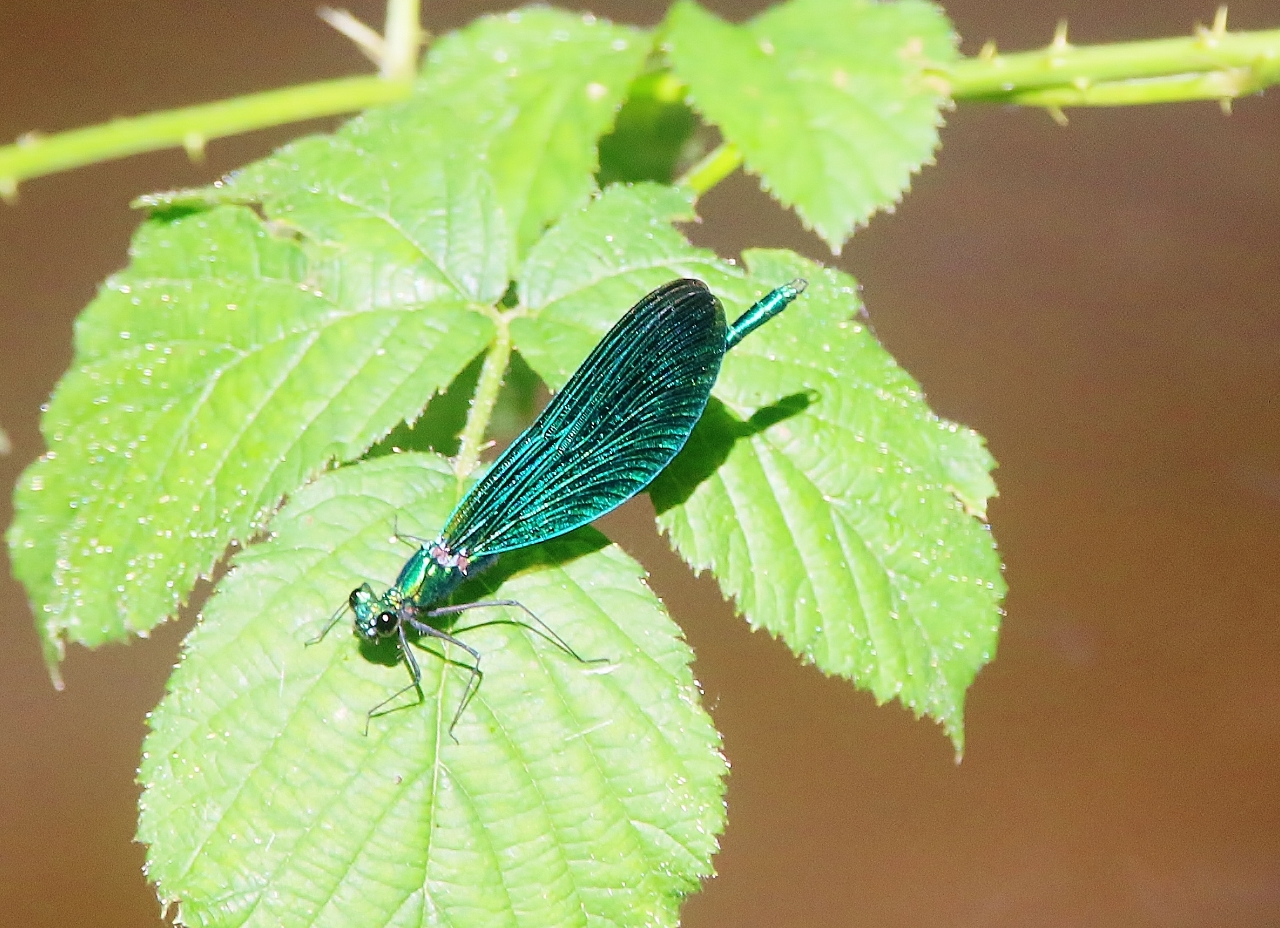
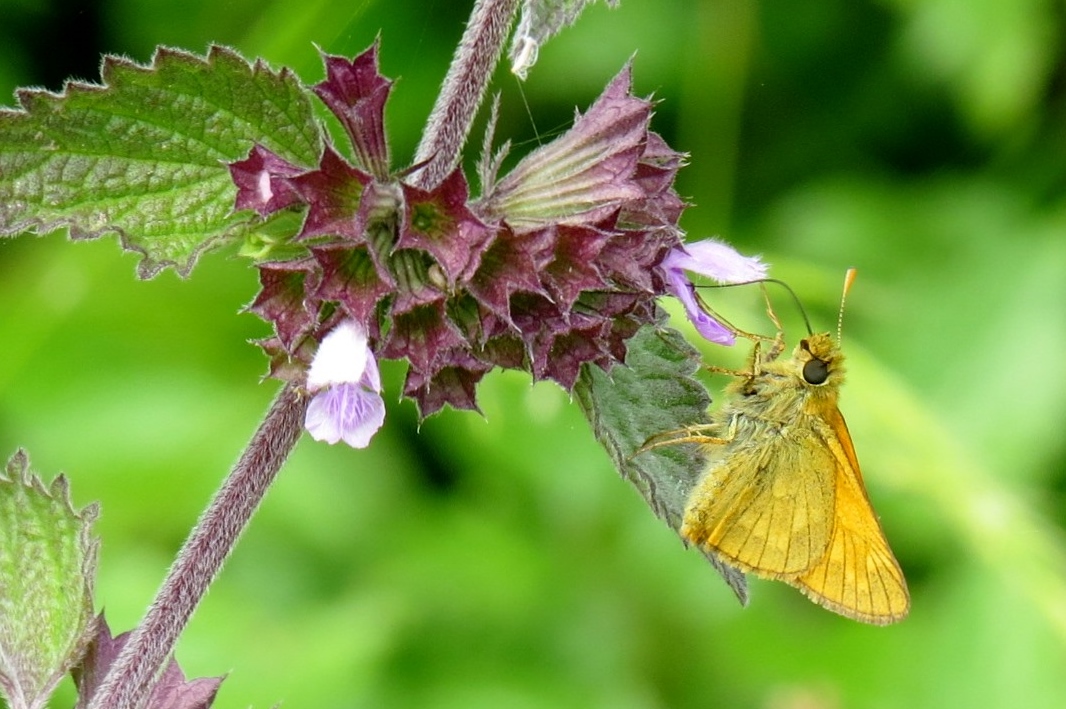
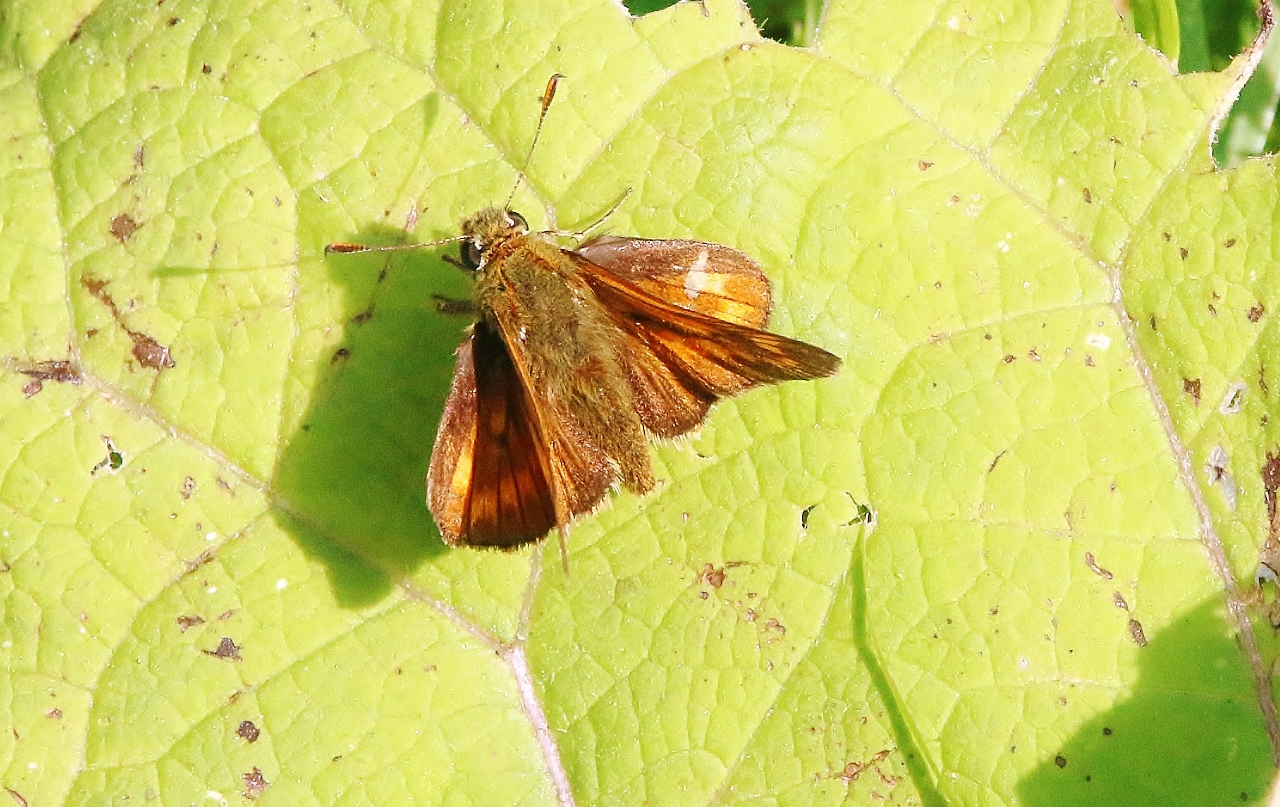
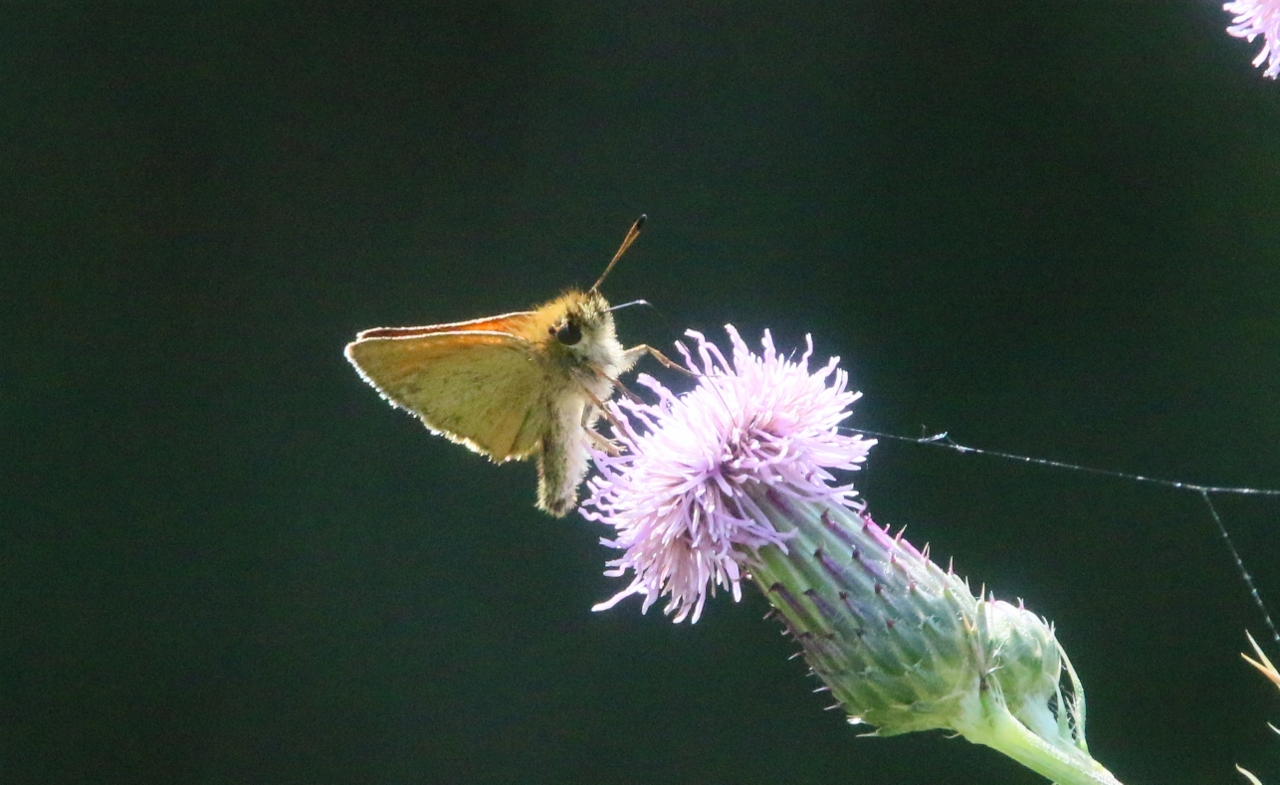



Harry Eve
August 2, 2016 at 8:02 am
A wonderful wander through our countryside again.
I am envious of the photo of the male banded demoiselle with wings open in flight. I think the “Dragonfly” is an Emperor.
I recognise the Sheepleas field as Summerhouse Meadow which has a very distinctive mix of Small Scabious, Ox-eyes and Marjoram and has been superb as usual at this time of year. Just north of this field is Surrey’s Coronation Meadow (Cowslip Meadow) which has a colony of the Chalkhill Blue (seen in one of the earlier photos at Pewley Down).
My understanding is that Summerhouse Meadow was used to grow potatoes in the Second World War – using labour provided by prisoners of war. The current display is nature’s “response” to many years of appropriate management for meadow biodiversity.
Now, about those confusing Skippers! I’ll agree with Essex (good angle) and Large but the slight “marbling” on the underside of the “Small” suggests to me that it is a Large Skipper. I feel a bit bad about pointing this out but thank you for sharing these great photos with us.
I am sure Malcolm Fincham will be as grateful for your expert, informative and interesting comment as I am. Thank you. Ed.
Malcolm Fincham
August 4, 2016 at 10:54 pm
Indeed, always grateful for Harry Eve’s added wisdom and for the interesting additions of knowledge of some of the places I visit and the ‘critters’ I photograph. All additions of such interesting facts are, of course, always welcomed by The Dragon News team.
I thank him for the correction on the ‘skippers’. Think I’ve ‘nailed’ them now (mistake more due to rushing too much in getting my pictures together).
Now out to find a silver-spotted skipper… hopefully!